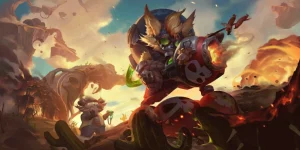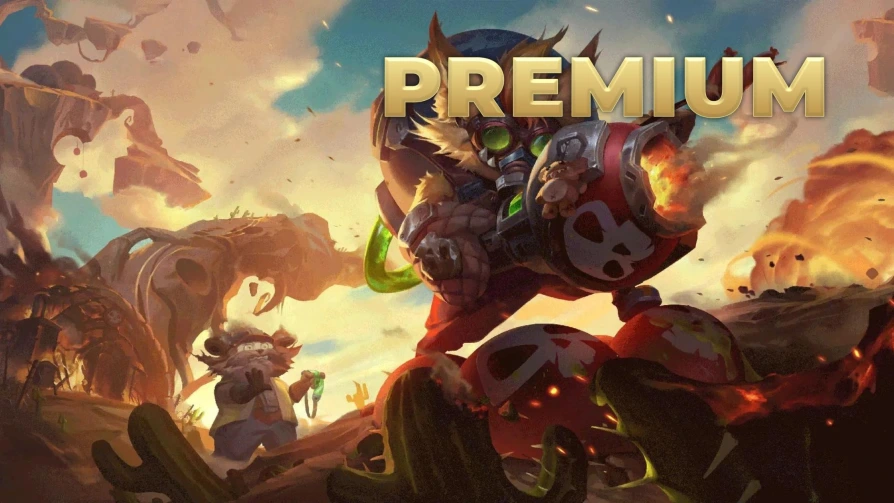Welcome, all you beautiful people, to a guide that’s just a bit different than normal!
I’m MonteXristo and today I’m here to talk to you guys about deck building. I want to preface this guide by saying I do not consider myself an expert deck builder – I think there are very few expert deck builders, and most optimal deck builds happen as a result of many people working together.
However, I have built a ton of decks, a lot of them quite terrible, so I know all the common pitfalls and I can keep you from falling into them. I am also quite used to teching decks for tournaments, which is another important aspect of deck building – as long as Ladder is not your only jam – and something we will cover in the latter half of this guide.
Where to Start – Basic Rules
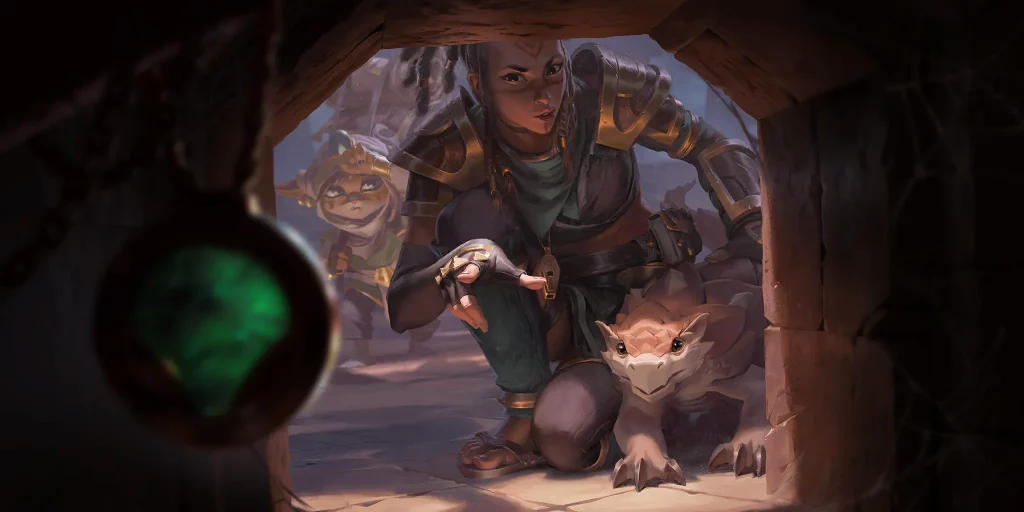
It is very important you decide right away whether your intent is to climb with a deck or have fun.
If you want to build a ‘for fun’ deck, you can throw any cards you want into the mix and call it a day. If you want something that has a shot at being competitive though, you have to follow some rules.
Have a reason to play a deck
This "why" can be as simple as whatever you think it’d be fun, but if you’re serious about building your deck your reason(s) should be something that matters a bit more.
For example: there’s been a lot of swarm decks on the ladder, so I have a theory that Miss Fortune Renekton
Renekton will be good. Miss Fortune of course has her Love Tap
will be good. Miss Fortune of course has her Love Tap making X/1 blockers ineffective, and Renekton
making X/1 blockers ineffective, and Renekton levels up very quickly against low-attack units making him a powerful board threat.
levels up very quickly against low-attack units making him a powerful board threat.
Additionally, both of these Champs have Champion spells that are useful for the same reasons: Make it Rain is excellent into X/1 units and Ruthless Predator
is excellent into X/1 units and Ruthless Predator helps you attack into complex boards while aiding in the Renekton
helps you attack into complex boards while aiding in the Renekton level up.
level up.
Start building a deck from its win-condition.
This can be something like Feel The Rush , Aurelion Sol
, Aurelion Sol , Pantheon
, Pantheon , Yordles in Arms
, Yordles in Arms  , etc. The goal here is to identify a card that is capable of closing out the game in a meaningful way.
, etc. The goal here is to identify a card that is capable of closing out the game in a meaningful way.
If you’re an aggro deck, you usually don’t want to play control cards -- Culling Strike does very little if you’re playing Gnar
does very little if you’re playing Gnar Ziggs
Ziggs burn, so you wouldn’t add it in as a tech card, right?
burn, so you wouldn’t add it in as a tech card, right?
The same principle applies in the reverse – if you’re a control deck, you usually don’t want to play aggro cards. Keep The Ruination s out of Spider aggro, and the Decimate
s out of Spider aggro, and the Decimate out of Swain
out of Swain Gnar
Gnar , they’re not going to help your deck form a cohesive gameplan and you’ll rarely be happy to see them.
, they’re not going to help your deck form a cohesive gameplan and you’ll rarely be happy to see them.
Avoid adding cards for hyper–specific scenarios.
What I mean by this is adding something like Catalogue of Regrets to Nightfall aggro so you can expedite your Doombeast
to Nightfall aggro so you can expedite your Doombeast burn: that scenario is TOO NICHE!
burn: that scenario is TOO NICHE!
It requires too many cards to be drawn at once and held in hand, as well as too much set up. Nightfall is a deck that wants to play in bursts, taking one to three good attacks before closing out with Doombeast – if you’re drawing Catalogue of Regrets
– if you’re drawing Catalogue of Regrets before you reach that Doombeast
before you reach that Doombeast burn portion of the game, you’re really sad. You could have spent that four mana on a unit to advance your board and push damage now, while you still can, instead of being stuck with a Landmark that won’t find value for potentially several turns.
burn portion of the game, you’re really sad. You could have spent that four mana on a unit to advance your board and push damage now, while you still can, instead of being stuck with a Landmark that won’t find value for potentially several turns.
And even when it does find that value after a clunky early draw, the payoff is going to distract you from advancing your primary game plan of killing your opponent. It may even trick you into overplaying for value, losing sight of your clock and missing your window to kill.
(By the way: in card games, the concept of 'clock' refers to both the timer to complete the match, and the amount of turns you need to kill your opponent. In this case we’re referring to the latter)
Some cards come in packages and are best when played together.
Cards like Ravenous Flock are generally ok on their own, but Arachnoid Sentry
are generally ok on their own, but Arachnoid Sentry in a list without Flock is usually a bit odd, right? Similarly, you wouldn’t play Gleaming Lantern
in a list without Flock is usually a bit odd, right? Similarly, you wouldn’t play Gleaming Lantern without a critical mass of Fae cards to capitalize on its effect.
without a critical mass of Fae cards to capitalize on its effect.
Bad cards make a bad deck
You’ll want to stay away from things like Blood for Blood , Armed Gearhead
, Armed Gearhead , Apprehend
, Apprehend , Called Shot
, Called Shot , and many more.
, and many more.
One of the most common traps for players looking to build decks for the first time is to add cards that appear to give you value, like the ones listed previously, when actually these are just weak cards that are going to end up being a mana sink causing you to fall behind. If you want to keep up with your opponent you need to have cards of the same quality in your deck.
It’s ok to take a step back
I mean this both literally, as in stepping away from the game for a bit, and figuratively, as in rolling your deck back to a previous version.
Deckbuilding can be a hard and difficult process – if you’re like me, and you need to play to figure out your tweaks ,it can be incredibly frustrating to face defeat multiple games in a row and lose sight of the vision you had for the deck.
If you find yourself getting worked up, it’s usually best to step away for a bit and come back when you’re ready. No sense in beating your head against a wall, so give yourself time for the creative juices to flow again, and see what you can come up with.
And, sometimes, taking a step back will allow you realize that a direction you took just won’t work and that’s ok – it’s important to be able to look at your deck objectively, and identify when this is the case.
The Process in Action
My first draft of a deck looks like this:
Version 1.1
22 cards

18 cards
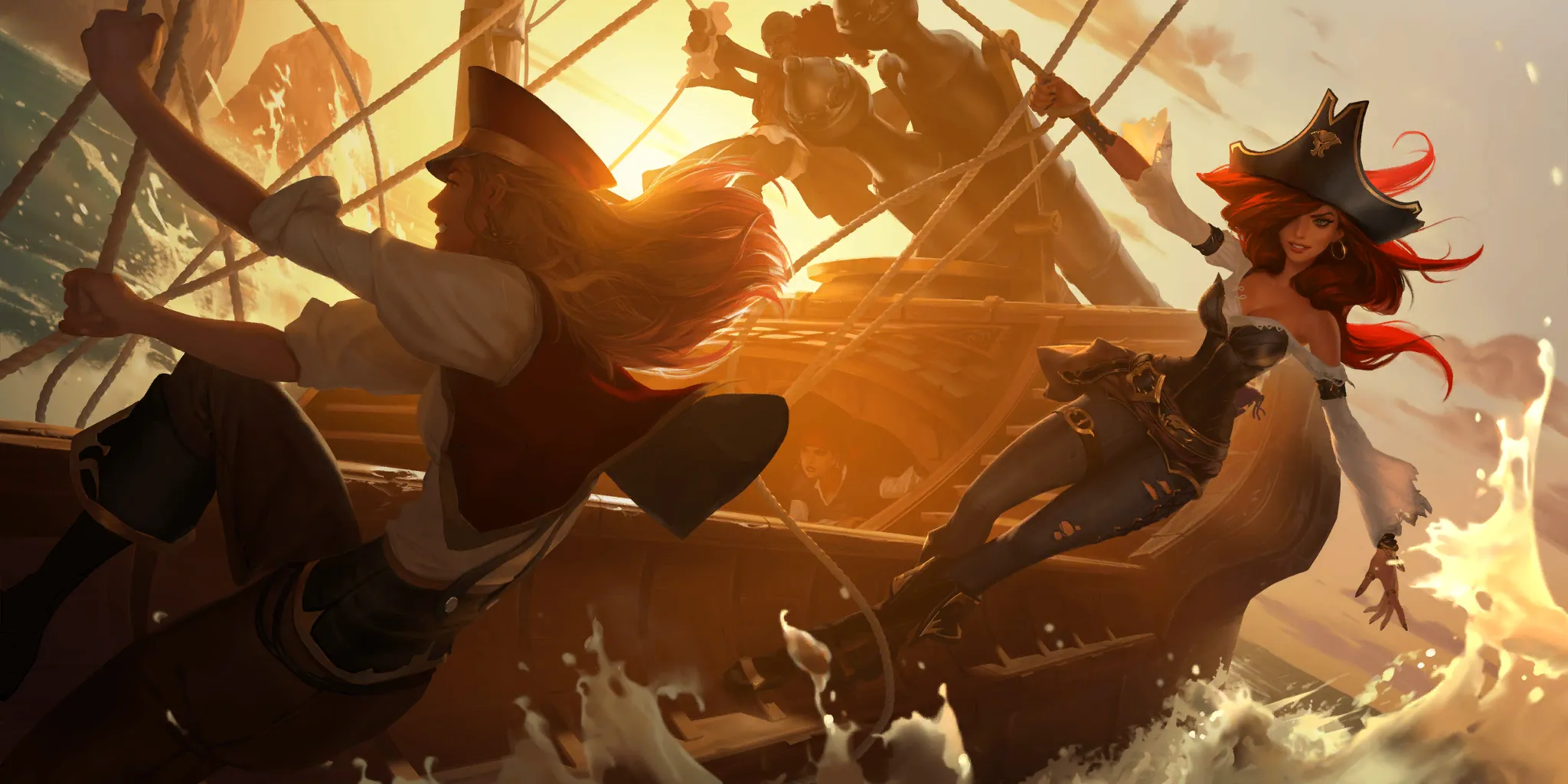
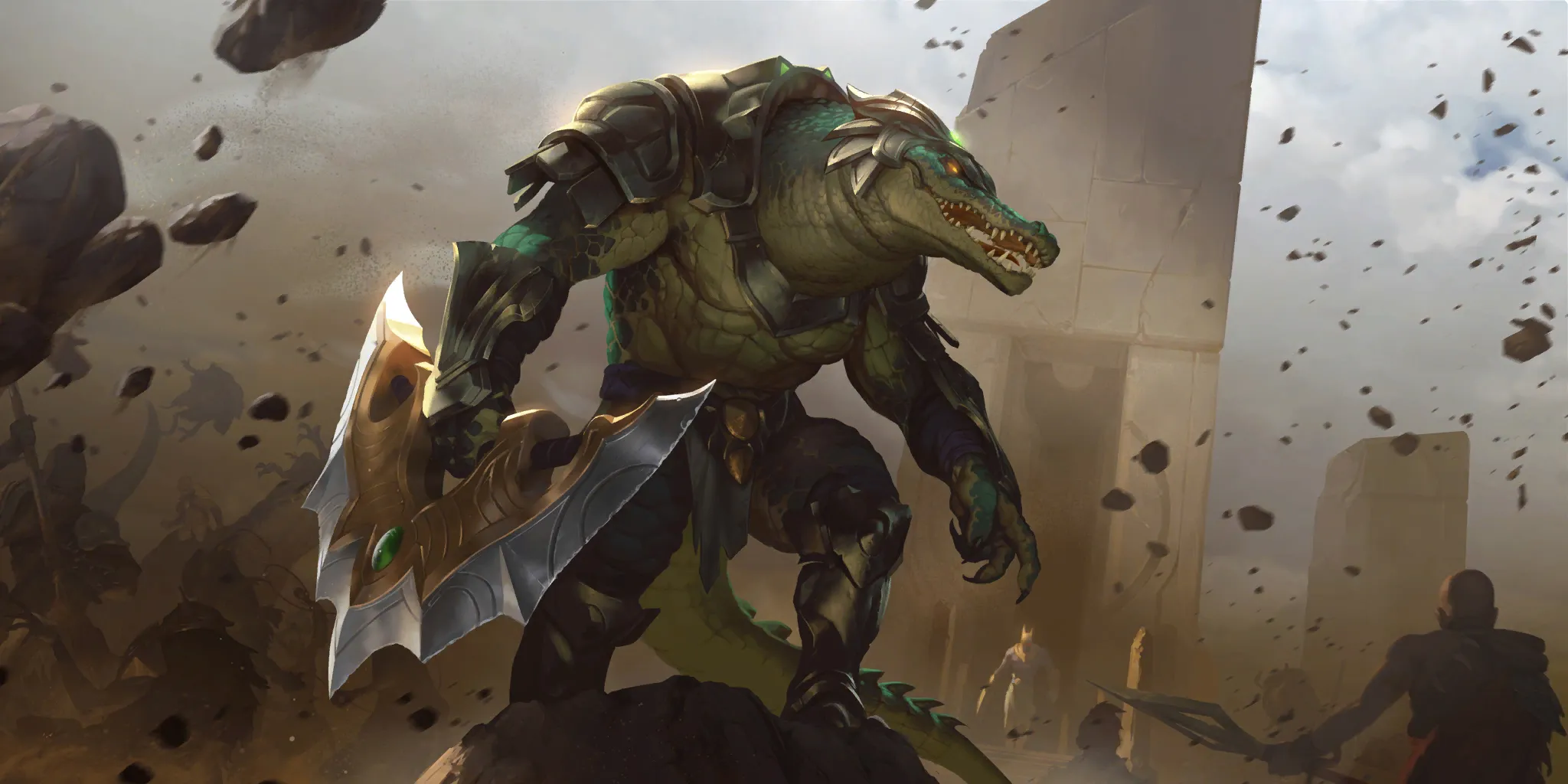
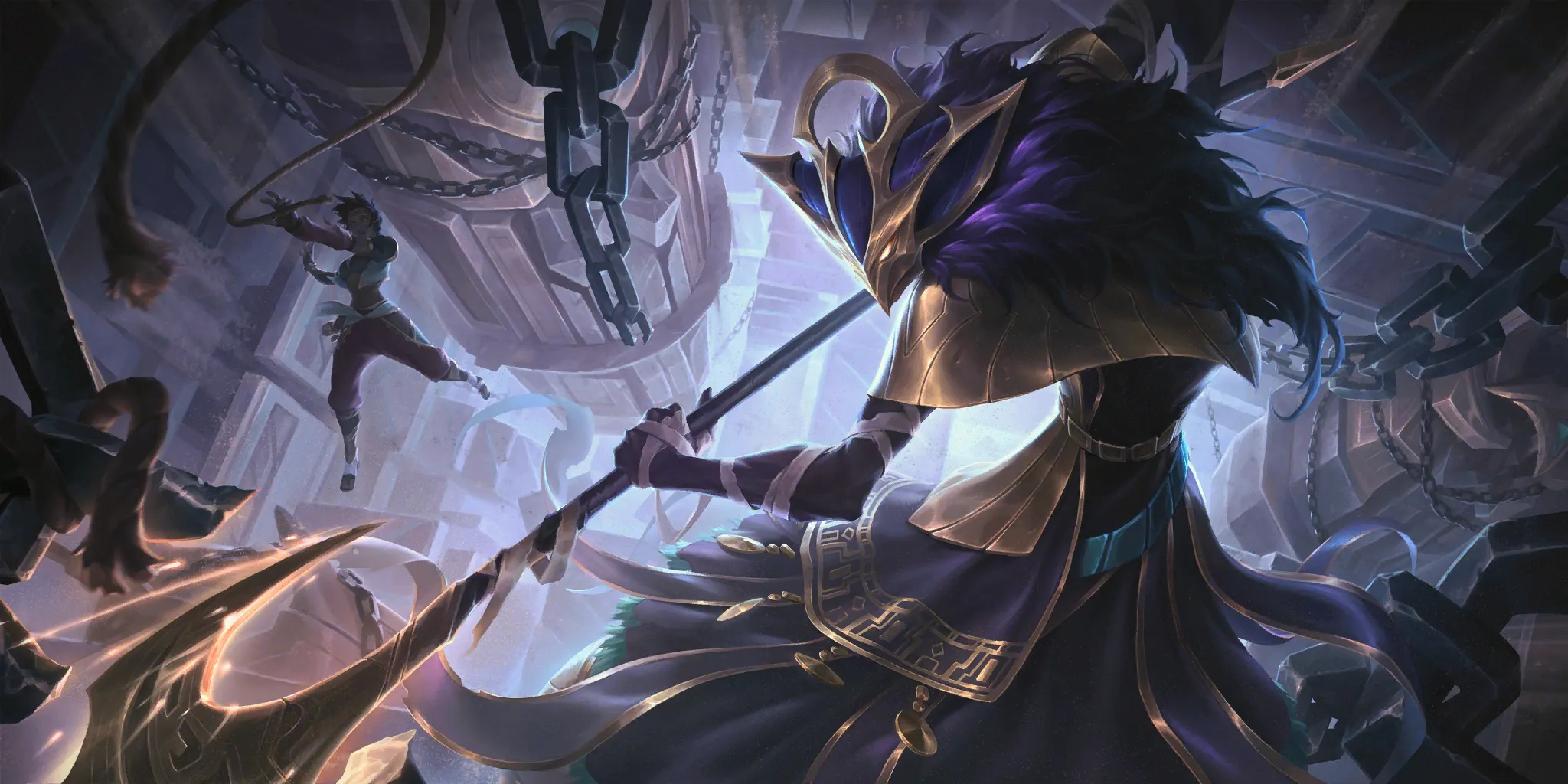
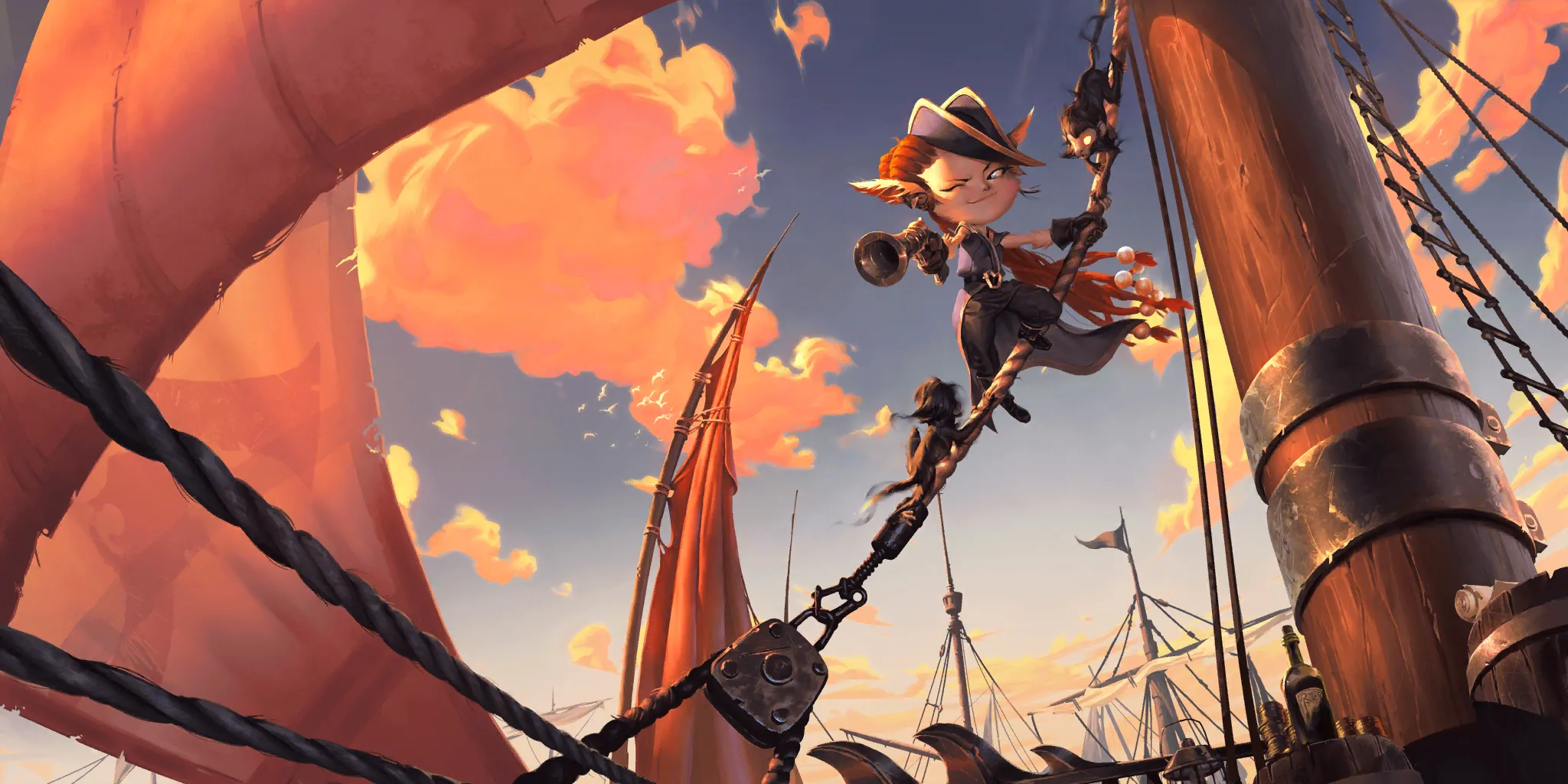
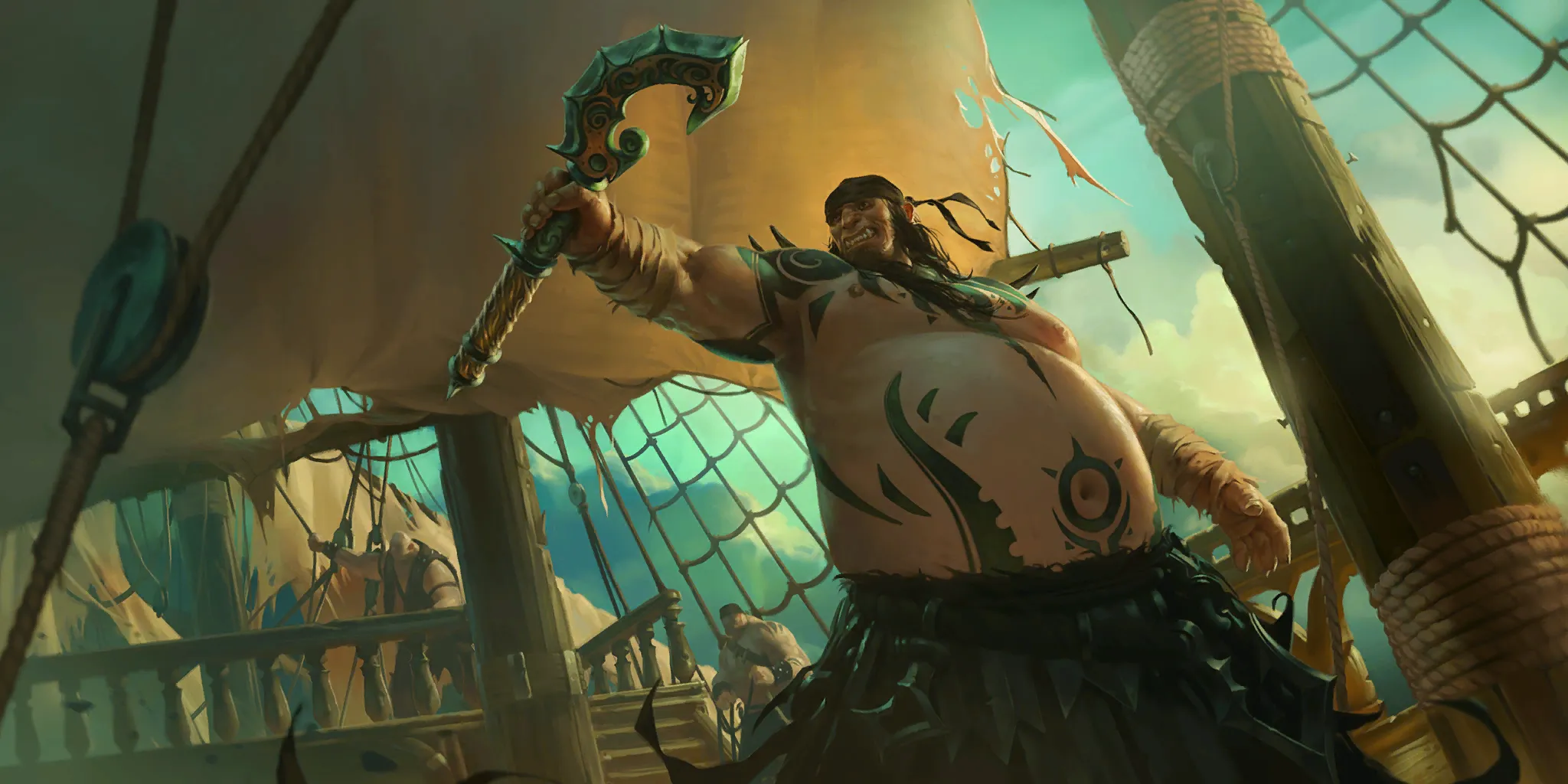
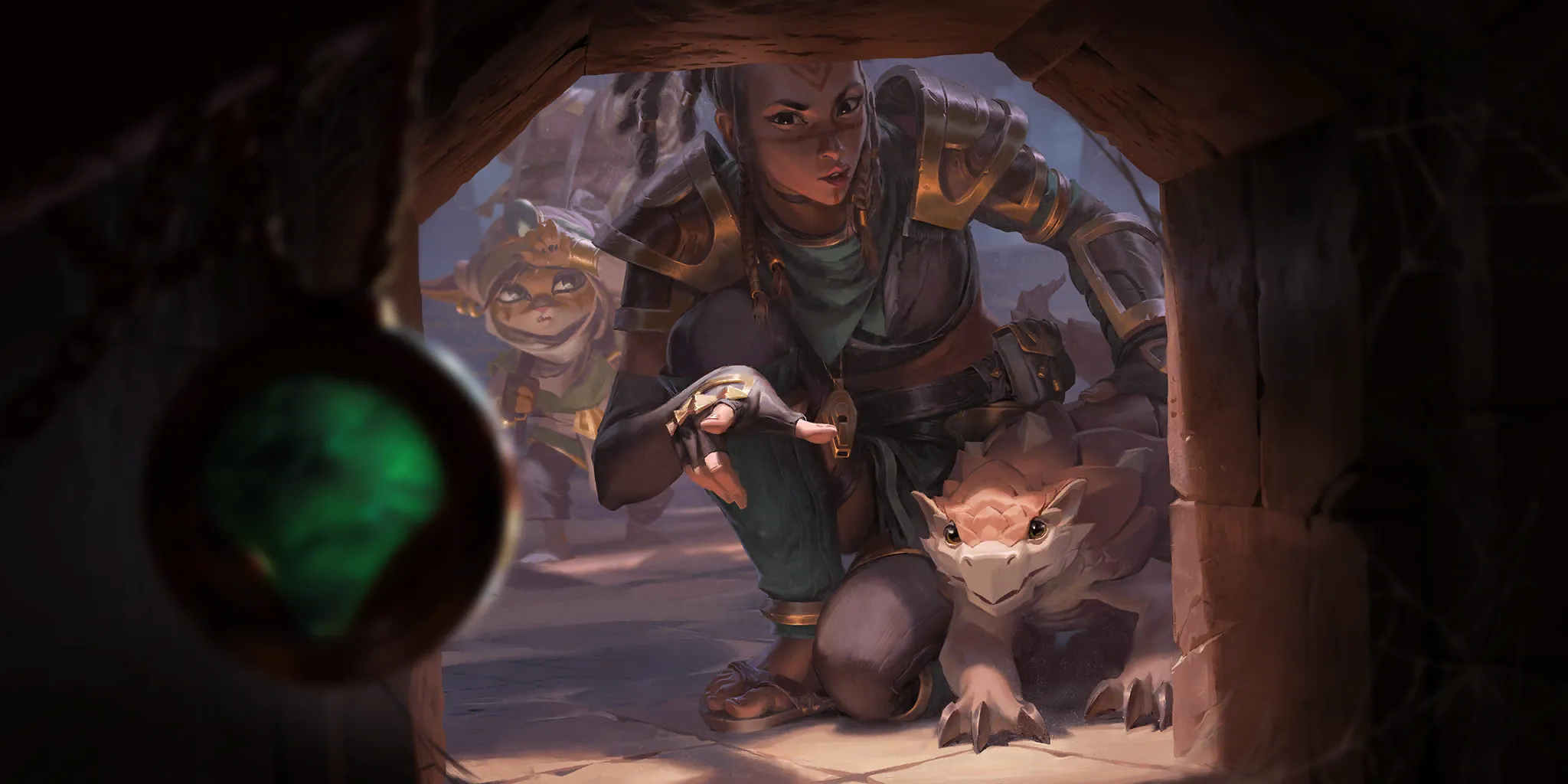
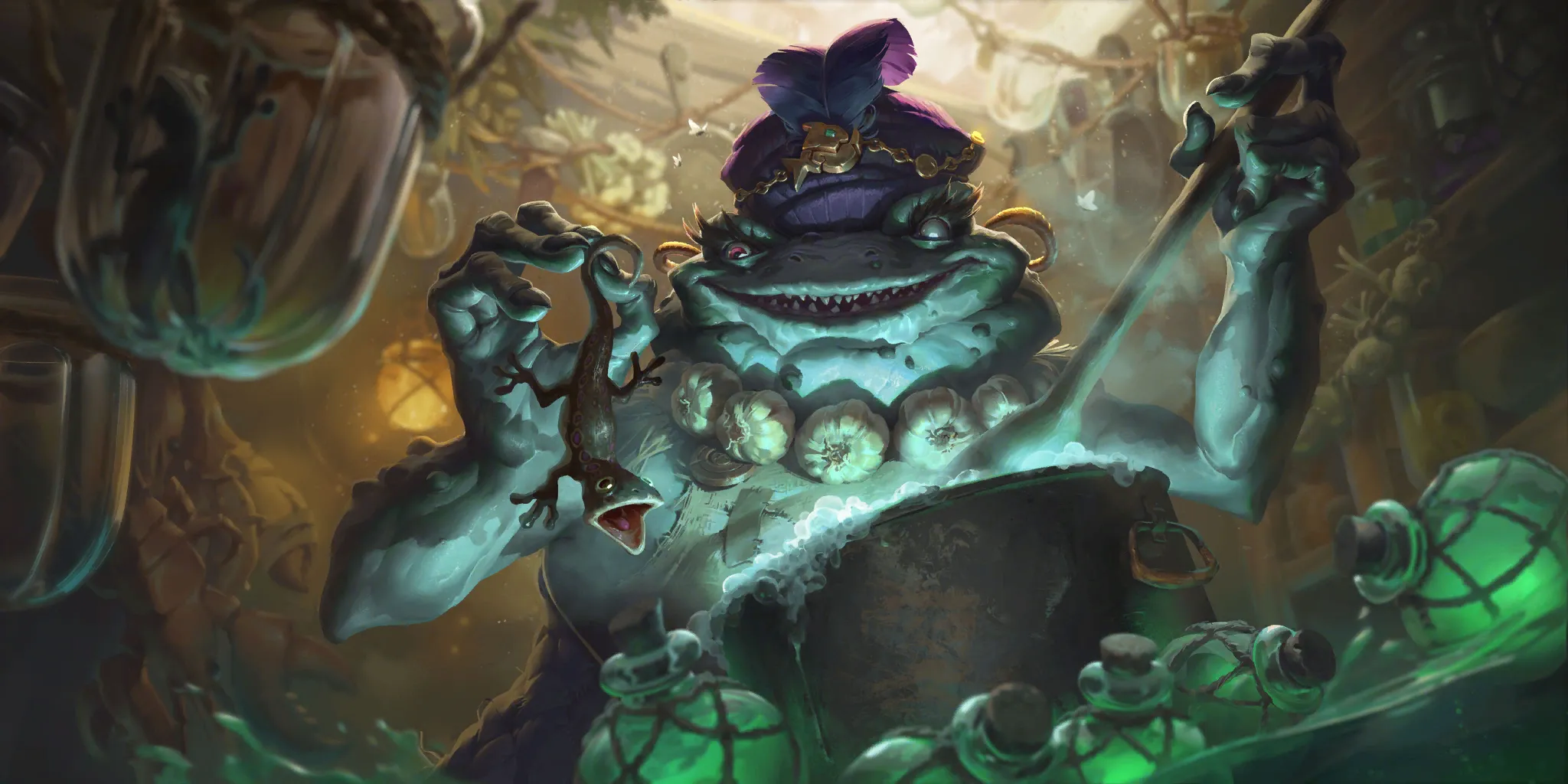

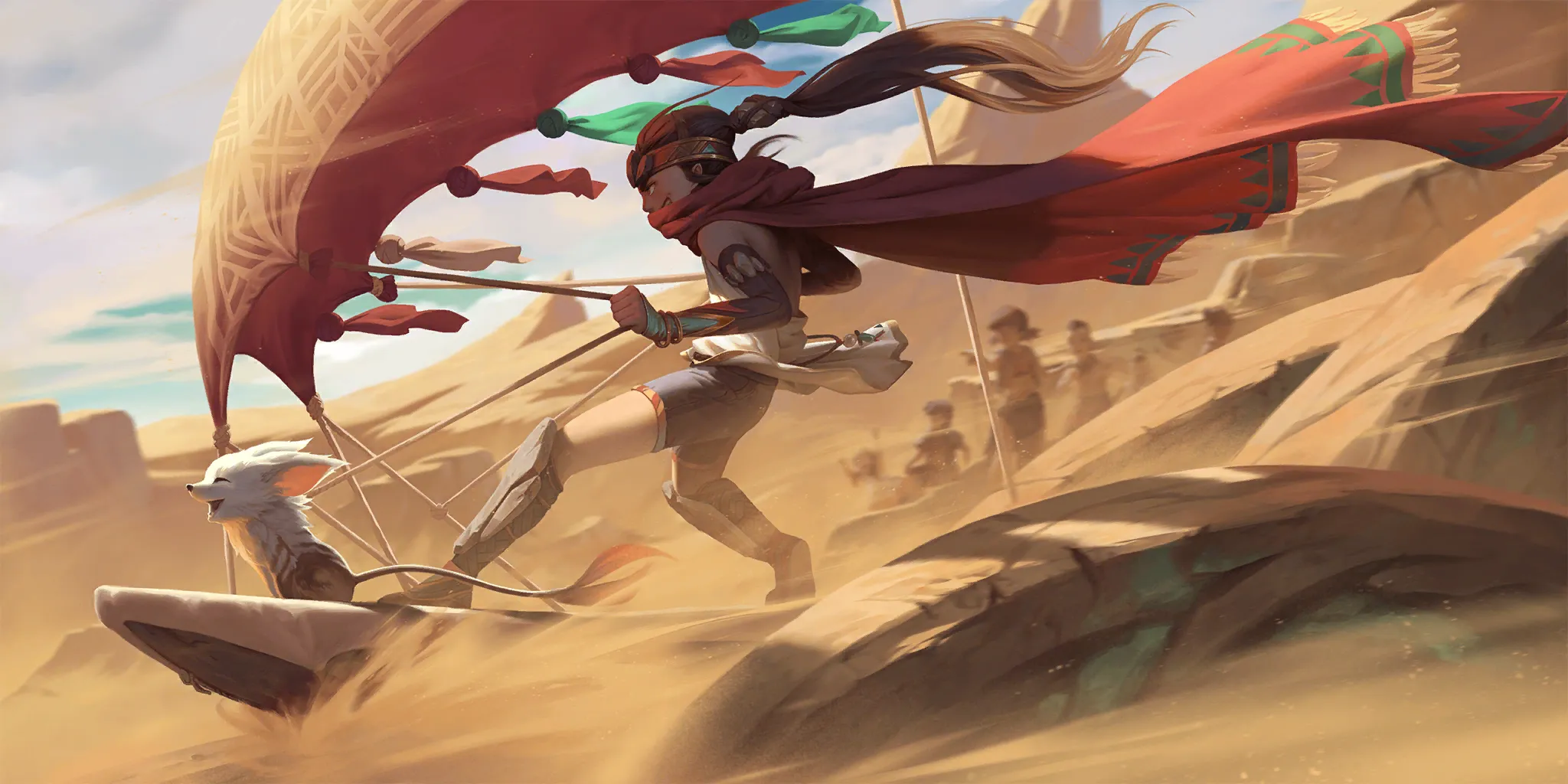
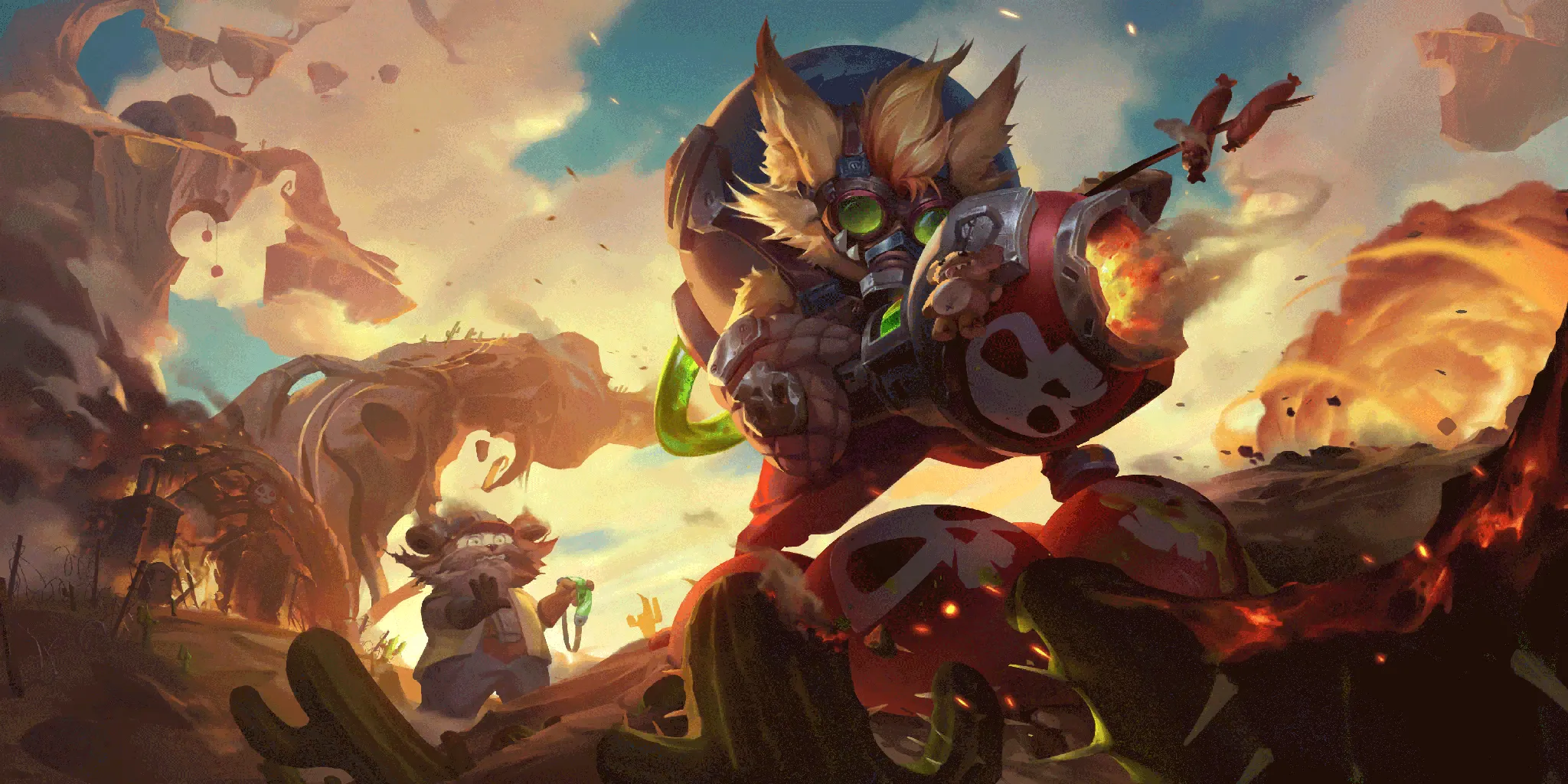
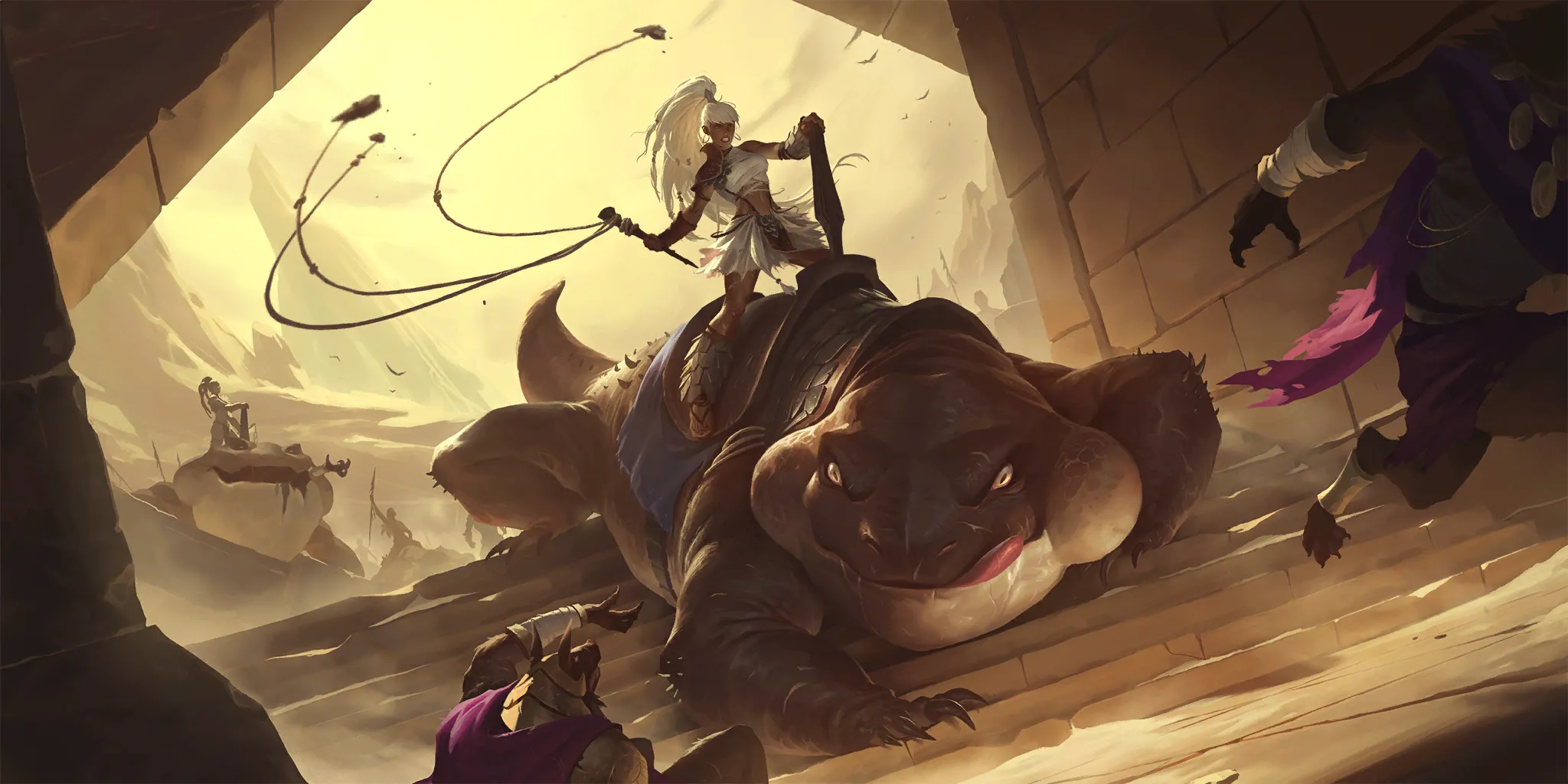
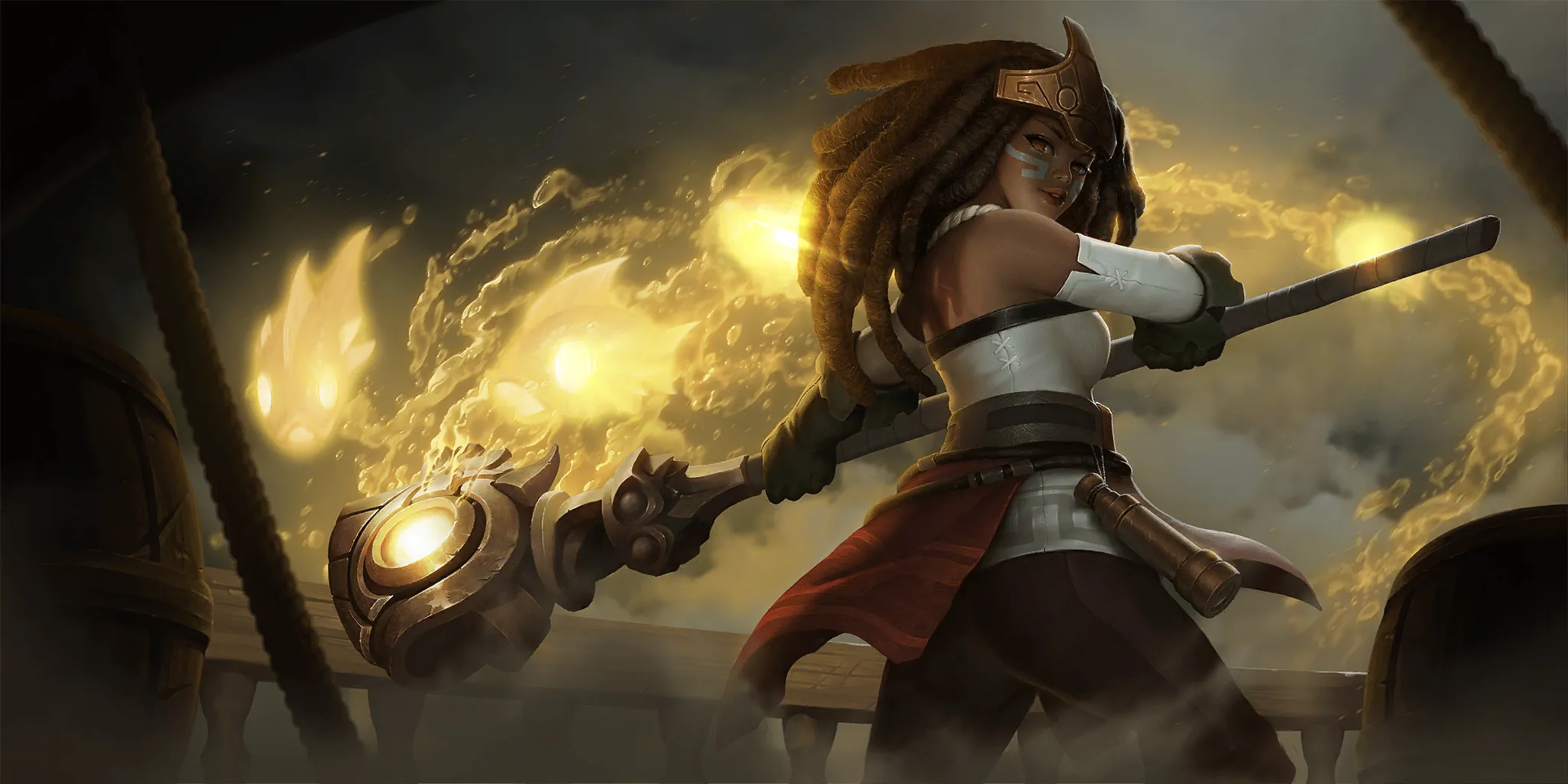


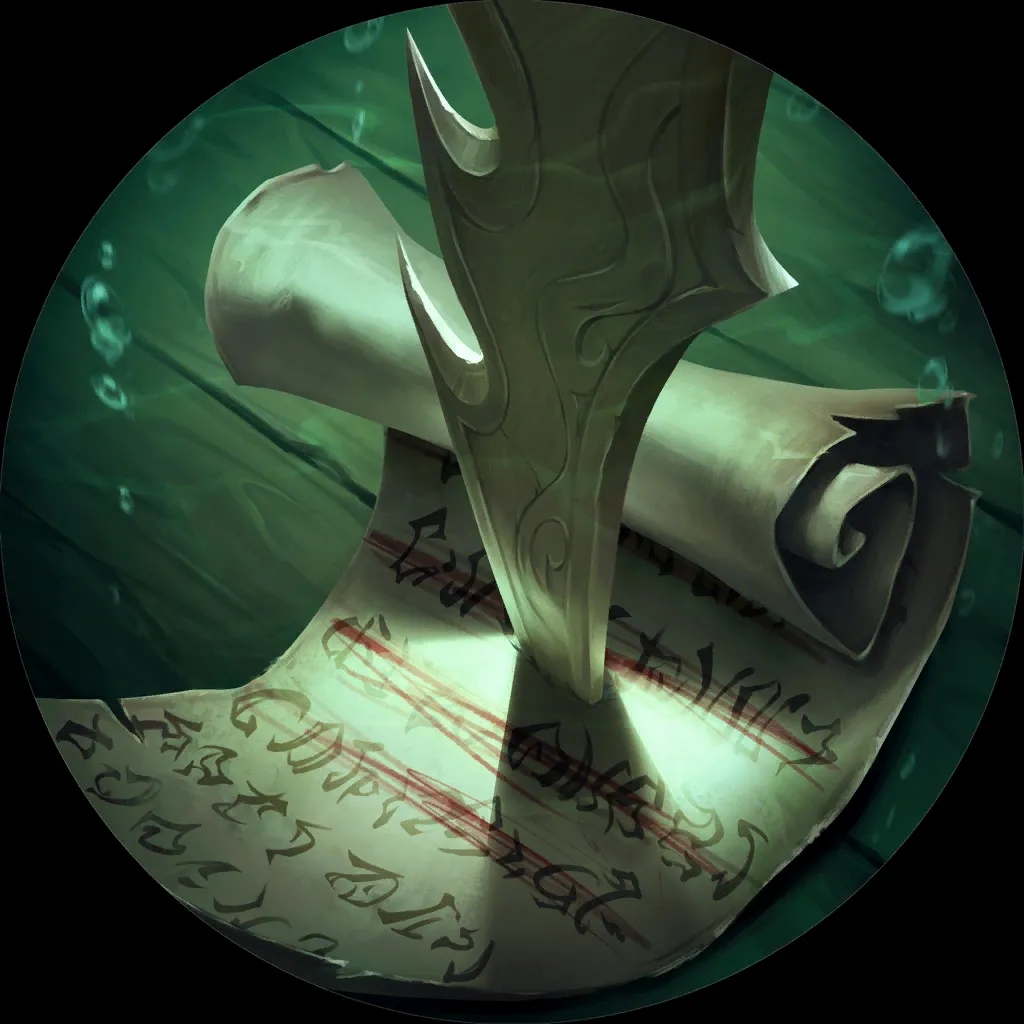
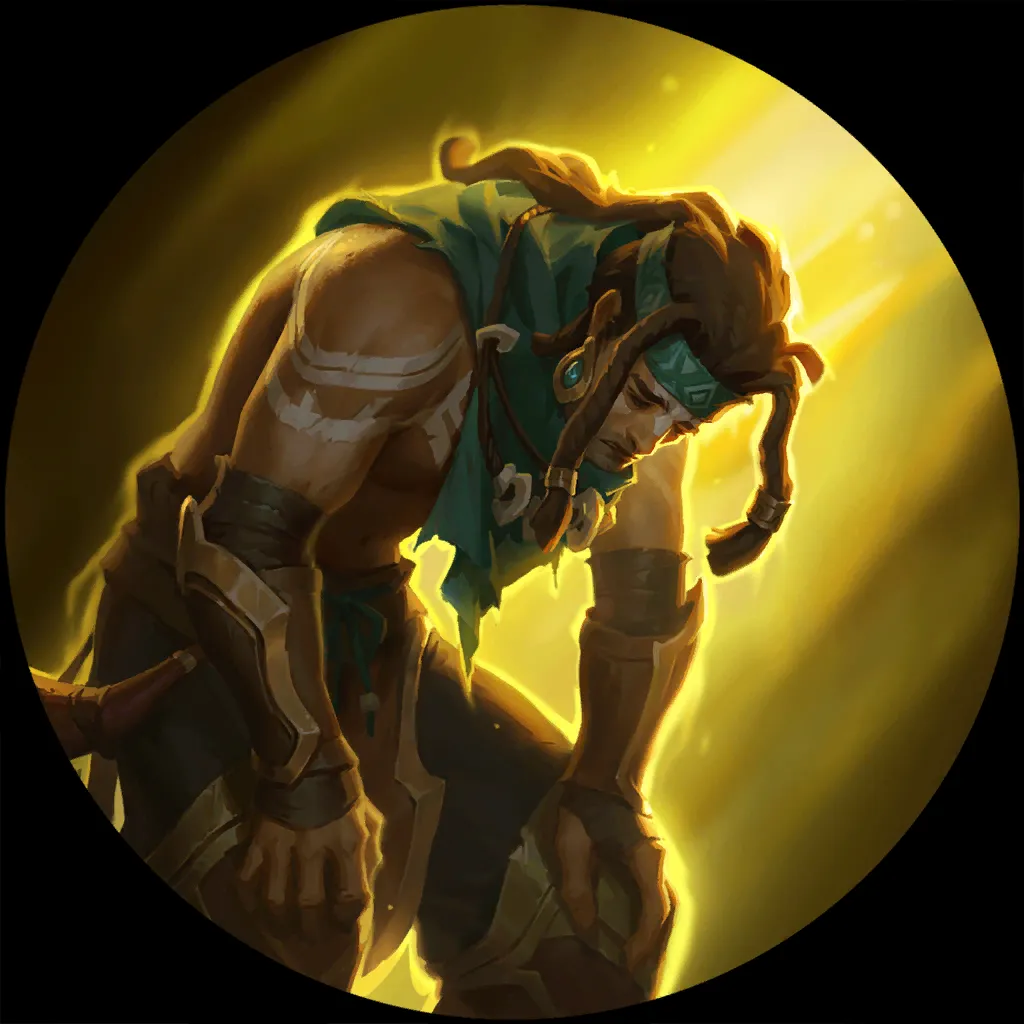
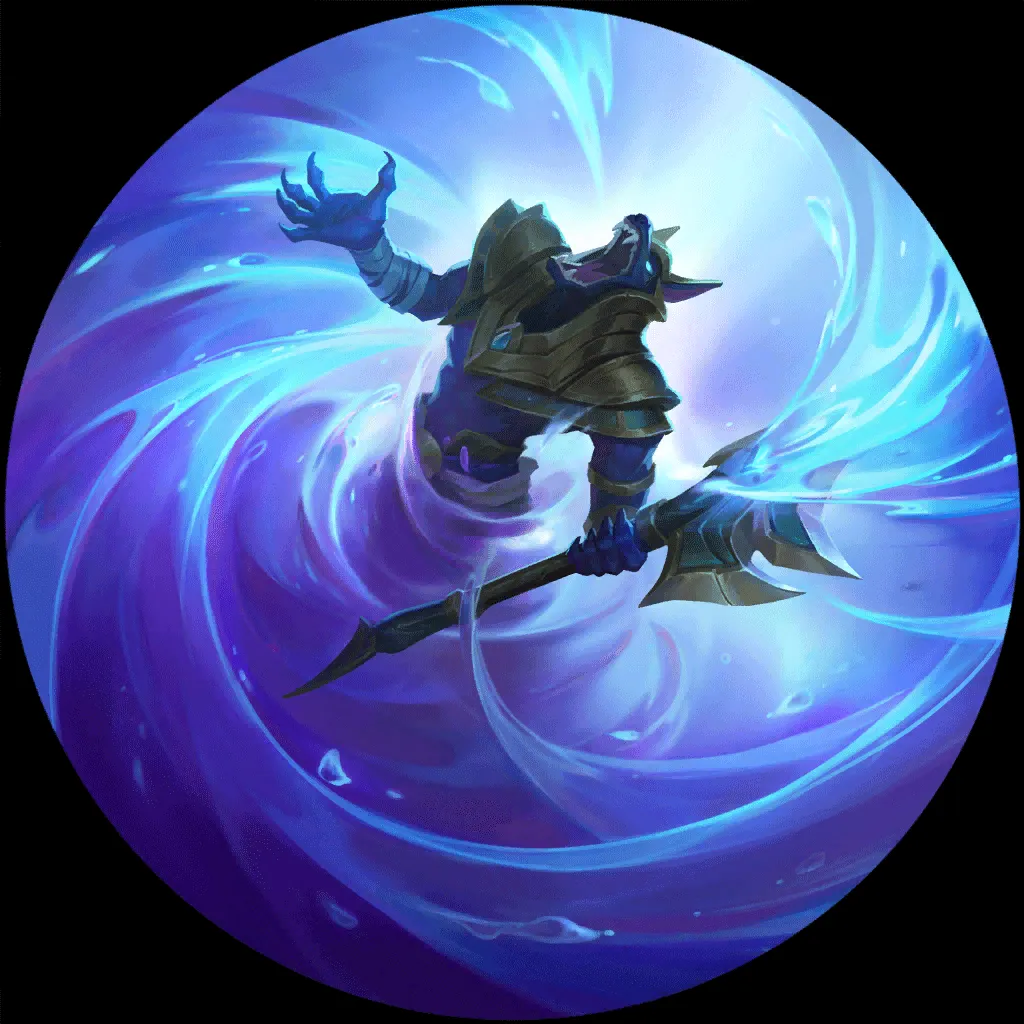
Let’s break it down from the top.
The two Champs we’ve built our deck around both want to spike their level-up turns around turns 5-6.
As a result, we’ve included some Scout cards like Island Navigator and Razorscale Hunter
and Razorscale Hunter to help Miss Fortune
to help Miss Fortune , and Rally in Citrus Courier
, and Rally in Citrus Courier for both Champs.
for both Champs.
Both our Champions also like Vulnerable opponents, so we’ve added all the premium Vulnerable cards we can. We did sacrifice a little bit on Hired Gun and Ruthless Predator
and Ruthless Predator , but I think Exhaust
, but I think Exhaust is going to allow us to keep our Champions alive a little bit better, while also being cheaper.
is going to allow us to keep our Champions alive a little bit better, while also being cheaper.
We want to be relatively aggressive with this deck, and I think having more one-drops is good in the early phases of testing – I’ve started with 11 because I want to figure out which ones are worth keeping and which ones should be replaced. I plan to eventually cut down to somewhere between 6 to 9 one-drops as I can already see the deck having troubles with card draw.
I decided to test Hothead as it’s a card we didn’t have available when this deck was fringe-playable in the past – since I’m testing it, I want three copies so I can draw it often and find out how good it is.
as it’s a card we didn’t have available when this deck was fringe-playable in the past – since I’m testing it, I want three copies so I can draw it often and find out how good it is.
I’ve also added a copy of Rite of Calling because I think it’s really important to find your Champs in this deck, and as a bonus it will help me find out if Hothead
because I think it’s really important to find your Champs in this deck, and as a bonus it will help me find out if Hothead is worth the inclusion.
is worth the inclusion.
The rest of this deck is filled with some generic good cards, cards that help us build a board, and some card draw (of which we almost certainly want more of). We’ve also added a cheeky pseudo-Rally in the form of Scout + The List to hopefully let us flip our Champions more consistently.
to hopefully let us flip our Champions more consistently.
Coral Creatures , Zap Sprayfin
, Zap Sprayfin , Dunekeeper
, Dunekeeper , Pool Shark
, Pool Shark , Preservarium
, Preservarium , Ruinous Path
, Ruinous Path , Unraveled Earth
, Unraveled Earth , Ye Been Warned
, Ye Been Warned and the other cards I’ve mentioned (and more!) are all in consideration, and might end up getting included, but for now I’m going to take this to the ladder.
and the other cards I’ve mentioned (and more!) are all in consideration, and might end up getting included, but for now I’m going to take this to the ladder.
We’re going to play this brew for three to five games, to get a feel for the deck and see if our initial intuition is correct – I may do a change sooner if I think it's needed, but I try to give a particular game three games minimum.
Thoughts After Initial Test Phase
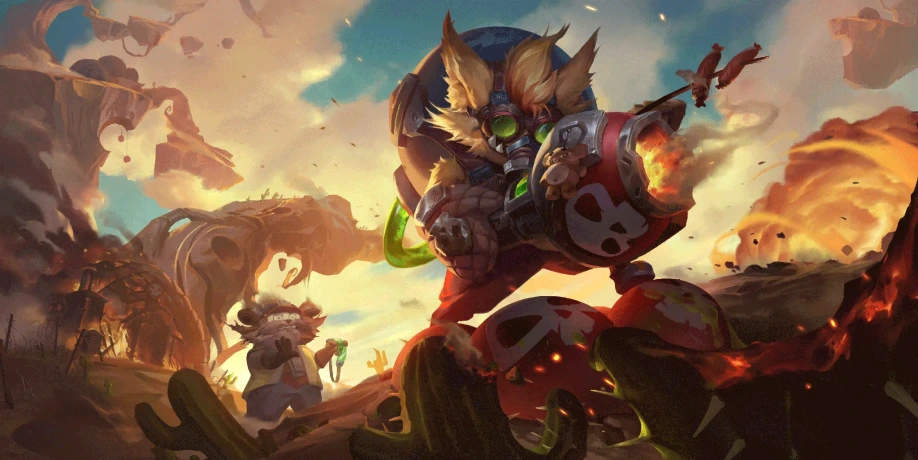
0-1 to Sivir Demacia
The deck does suffer when it doesn't draw its Champs – maybe I have to mulligan more aggressively, or maybe I need to build it so it can play a more mid-range approach.
Also: I have too many one-drops right now.
Hothead didn’t show up so I didn’t get to test it, but I can almost guarantee after one game that I want fewer one-drops.
didn’t show up so I didn’t get to test it, but I can almost guarantee after one game that I want fewer one-drops.
1-0 against Bandle Tree
Kind of a non-game, I traded down my board on turn two and three. My opponent used a Buster Shot on a Jagged Butcher
on a Jagged Butcher in an effort to save their Grumbleslug
in an effort to save their Grumbleslug from getting free-traded by my Pix!
from getting free-traded by my Pix! high-roll off of Marai Warden
high-roll off of Marai Warden . Poppy got hit with vulnerable and they decided to go to the next one. Having more early units was good against The Bandle Tree
. Poppy got hit with vulnerable and they decided to go to the next one. Having more early units was good against The Bandle Tree but I still wish I had more value to my hand. Jagged Butchers feel ok but I've yet to play one activated.
but I still wish I had more value to my hand. Jagged Butchers feel ok but I've yet to play one activated.
1-0 against Fizz Riven
I finally drew Hothead (yay!) and Baccai Reaper. First [[Miss Fortune] draw, too!
Now we’ll hopefully be able to see what this deck can do, too bad our opponent’s not on a better deck. Unfortunately, Hothead didn’t get to attack before we drew Miss Fortune , but maybe Renekton
, but maybe Renekton will get buffed, the 4/2 stat line is really good here because it’s going to let me take out Riven
will get buffed, the 4/2 stat line is really good here because it’s going to let me take out Riven .
.
I missed an attack turn because I disconnected and lost an extra Hothead proc, but it didn’t matter – we were able to go wider than them and overwhelm them with our board, and we even had a Rally to close it out if they had an answer to my open attack.
proc, but it didn’t matter – we were able to go wider than them and overwhelm them with our board, and we even had a Rally to close it out if they had an answer to my open attack.
The deck felt really good this game: it did exactly what I wanted it to do. I didn’t over-focus on flipping Miss Fortune and just got them to expend resources to kill her while blocking. Vulnerable let us take out Riven
and just got them to expend resources to kill her while blocking. Vulnerable let us take out Riven immediately, minimizing the value they got out of her.
immediately, minimizing the value they got out of her.
I still think we have too many one-drops but I’m very sold on Baccai Reaper now.
now.
Score thus far: 2-1
Final thoughts: one-drops gotta go, Hothead is worth further testing, I might want some combat tricks and as such might need to look to add more Landmarks for Shaped Stone
is worth further testing, I might want some combat tricks and as such might need to look to add more Landmarks for Shaped Stone . There aren’t a lot of better options in this region combo – maybe Pocket Aces
. There aren’t a lot of better options in this region combo – maybe Pocket Aces ?
?
First Iteration
Version 1.5
20 cards

20 cards
















Not a lot of changes here. We've cut down on the one-drops like we felt we should, but also included three copies of Baccai Reaper after it showed us its power.
after it showed us its power.
Hothead has actually been really strong so far – I underestimated the +1/+1 buff.
has actually been really strong so far – I underestimated the +1/+1 buff.
I want to find room for some kind of combat trick but I’m not certain we need one, or that there’s one good enough – maybe Quicksand , despite my distaste for the card, makes sense in this deck?
, despite my distaste for the card, makes sense in this deck?
Game 4:
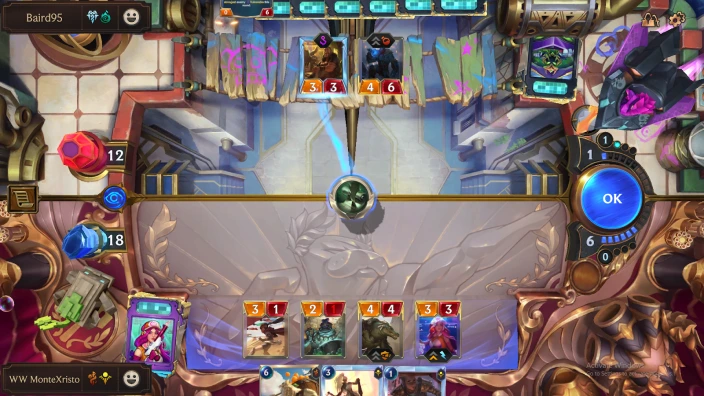
The deck popped off against TLC. Turn 6 rally into lethal, this was the perfect storm.
We’ve run into Draven Rumble
Rumble , this should be a bad matchup for us but they’ve played into our draw. Hothead
, this should be a bad matchup for us but they’ve played into our draw. Hothead was good again, but unfortunately we weren’t quite able to close out – they had Decimate and we had to sequence in a way that didn’t allow us to maximize damage. We double drew Exhaust
was good again, but unfortunately we weren’t quite able to close out – they had Decimate and we had to sequence in a way that didn’t allow us to maximize damage. We double drew Exhaust this game and it was ok but not great, I think that’s probably one of the cards we can look at changing next.
this game and it was ok but not great, I think that’s probably one of the cards we can look at changing next.
We queued into Lulu Taric who dead-drew, making it a non-game where no valuable information was gleaned.
Xerath Zilean was our next opponent: another not-serious deck in this meta-game, but our brew was able to take the win quite easily and that shows promise.
At this point I feel the need to make further adjustments to the list.
The only time I’ve seen Rite of Calling was in the mulligan, and I never liked it. There has never been a time where I thought I would’ve been happy to draw it and as a result it’s gotta go.
was in the mulligan, and I never liked it. There has never been a time where I thought I would’ve been happy to draw it and as a result it’s gotta go.
Razorscale Hunter has been good, but it’s showing up a bit too often and I haven’t been able to see how good Island Navigator
has been good, but it’s showing up a bit too often and I haven’t been able to see how good Island Navigator really is at leveling Miss Fortune
really is at leveling Miss Fortune outside of Demacia – we’ll balance those out and include two of each.
outside of Demacia – we’ll balance those out and include two of each.
I also want a way to activate Citrus Courier on the opponent’s turn more consistently – looking for highrolls with The List
on the opponent’s turn more consistently – looking for highrolls with The List isn’t good enough.
isn’t good enough.
Our record thus far: 5-2
Second Iteration
Version 2.0
20 cards

20 cards















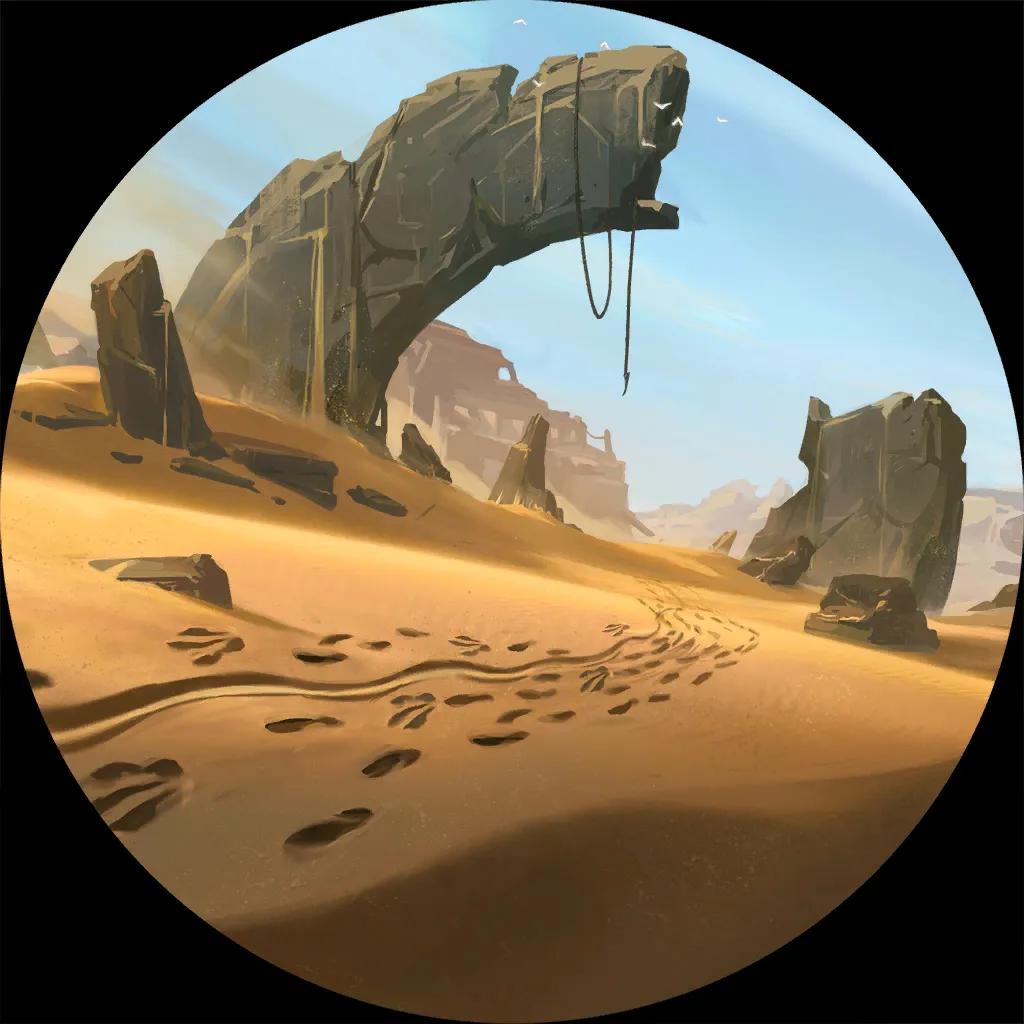
I added Ruinous Path to increase our card draw, and let us proc Citrus Courier
to increase our card draw, and let us proc Citrus Courier on defense. Also further trimmed the one-drops, to play a more midrange approach, and I think this is where we want to be.
on defense. Also further trimmed the one-drops, to play a more midrange approach, and I think this is where we want to be.
This gives us time for our Hothead s to get value and it works a bit better with our Champions’ power-spike turns.
s to get value and it works a bit better with our Champions’ power-spike turns.
I still think we probably want some sort of combat trick, and the more I think about it, the more I think it’s Quicksand – the card will help us keep our Champs safe, or let us take a free trade and maintain board presence while on defense in the later stages of the game.
– the card will help us keep our Champs safe, or let us take a free trade and maintain board presence while on defense in the later stages of the game.
Back to the ladder!

Overwhelm's our first foe – should be a tough matchup, let’s see what we can do.
We want to swarm here, but we've cut down on one-drops quite heavily. Earlier iterations of the deck would’ve done better, but Ruinous Path should help our survivability a bit. Double drawing Marai Warden
should help our survivability a bit. Double drawing Marai Warden was really good here, but not good enough to let us close out. They double-drew Gnar
was really good here, but not good enough to let us close out. They double-drew Gnar , Darius
, Darius , and Captain Farron
, and Captain Farron . There’s not a whole lot we can do against that end-game, and we weren’t able to save our Miss Fortune
. There’s not a whole lot we can do against that end-game, and we weren’t able to save our Miss Fortune from Gnar
from Gnar ’s vulnerable effect.
’s vulnerable effect.
Another non-game against Diana Taric Out Of The Way – the Razorscale Hunter
– the Razorscale Hunter combo with The List
combo with The List is what closed out the game so it’s good to know we’re still capable of drawing enough Rallies reliably with the changes we've made to our ratios.
is what closed out the game so it’s good to know we’re still capable of drawing enough Rallies reliably with the changes we've made to our ratios.
Next we're up against Bandle Tree – it should be good for us, we’re looking to beat these swarm-style decks but we do have to be wary of their removal spells.
We managed to get them to trade a four-mana Buster Shot for Miss Fortune
for Miss Fortune , but we were kind of counting on her to help us retake the board. We ended up drawing 3x Renekton and a Rally – this game really makes me wish we had some sort of protection for our Champs, and Quicksand
, but we were kind of counting on her to help us retake the board. We ended up drawing 3x Renekton and a Rally – this game really makes me wish we had some sort of protection for our Champs, and Quicksand in particular would have been very good against Gnar
in particular would have been very good against Gnar and Poppy
and Poppy . We ended up losing to their swarm, so perhaps we need to add some of our one-drops back to be able to keep up with them? Some way to protect our Champs would also help… Maybe even Ancient Hourglass
. We ended up losing to their swarm, so perhaps we need to add some of our one-drops back to be able to keep up with them? Some way to protect our Champs would also help… Maybe even Ancient Hourglass ? That would’ve been very good against Buster Shot
? That would’ve been very good against Buster Shot .
.
Next we queued into Gnarlines, and it didn’t go well. They have a lot of removal for our early game, and we were unable to set up our board and push damage.
Riven Fizz again:
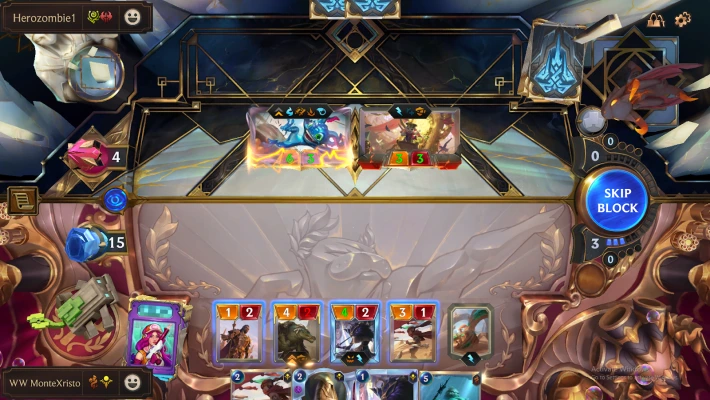
We would have won had we played our five-drop, but I didn’t play around the Overwhelm blade fragment.
At this point we’re exactly even with the deck and we have to make a choice – do we want to continue with this version of the list, or wind it back and try to be more aggressive again?
To make this decision effectively we have to consider how the games played out, not just the outcome of the games. Did we have the answers we needed? Did we win because our deck performed or because our opponent threw? Did we lose because of problems with our deck, or because of our misplays?
Try to be objective with this, that can be really hard sometimes but lying to yourself will not help you build a better deck.
Score thus far: 6-6
Now, I'll issue you a challenge – I’m going to post my take on version 2.5 below. I want you to come up with a 3.0 and post it in the comments on the Reddit thread. Let me know how it performs as well.
Version 2.5
21 cards

19 cards
















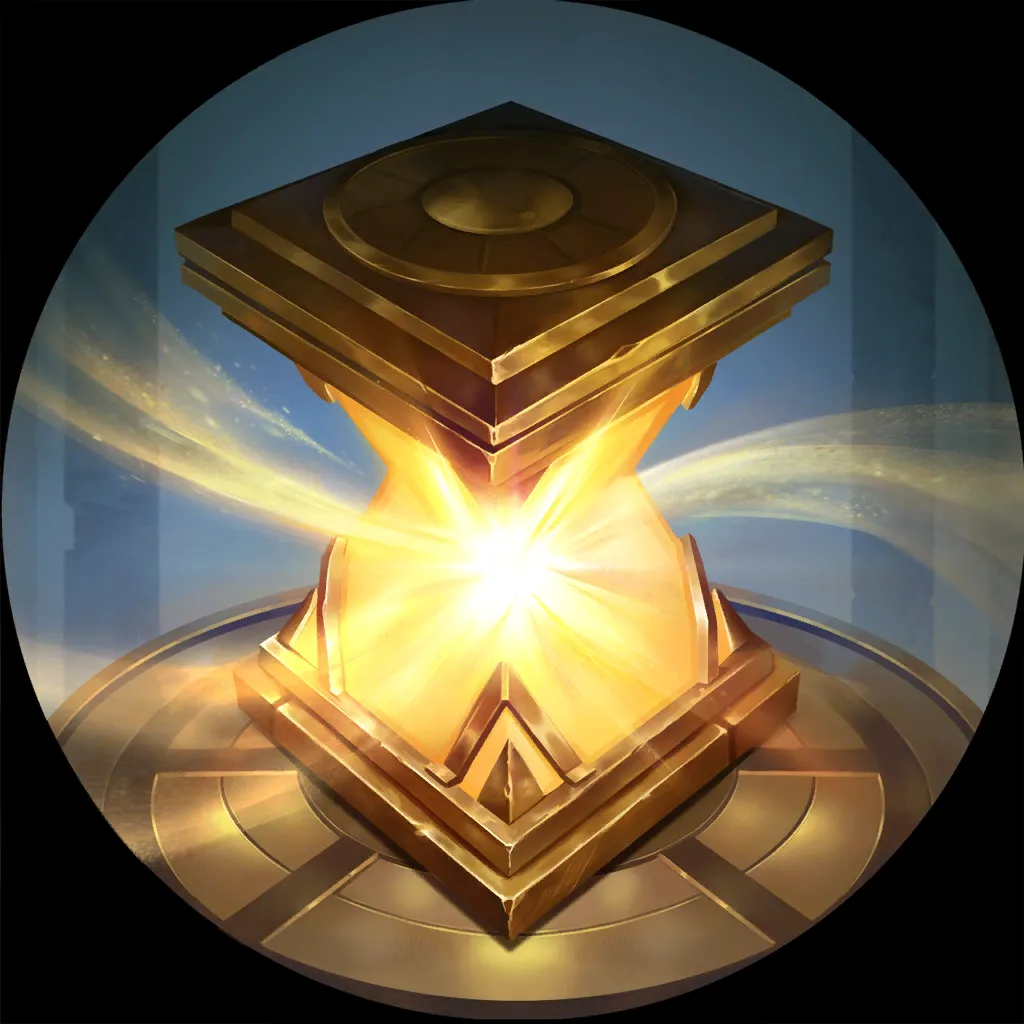
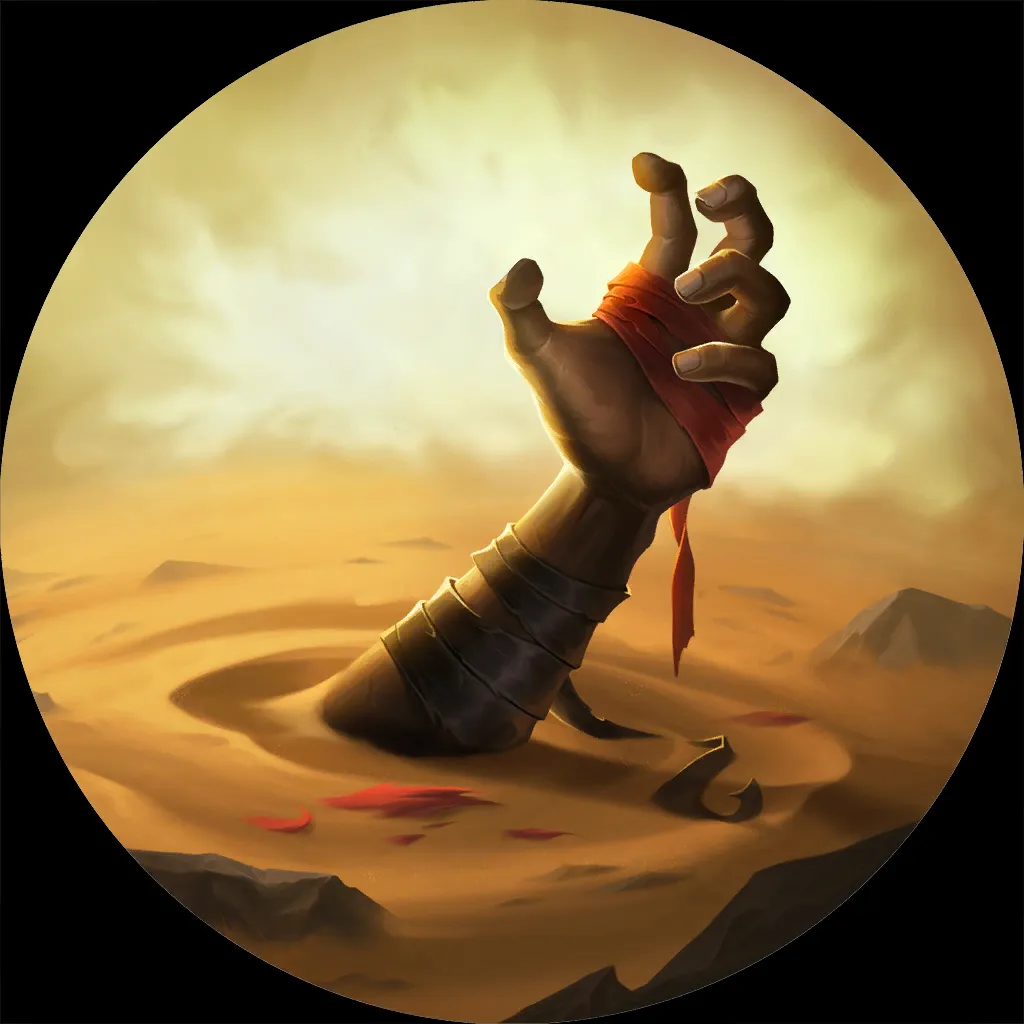
This is where I would go next, it kind of splits the difference between the two styles and should let you choose which you want to play into. It also includes our two potential tech choices, so we can test them out and see if they’re something we want, or if we want to go back to the drawing board and look at that landmark package.
You might’ve noticed I cut down on the Rock Hopper s – I feel like the X/1 statline is just a bit too poorly positioned at the moment since it doesn’t let you trade into anything and I don’t value the landmark as much as an extra unit like Marai Warden
s – I feel like the X/1 statline is just a bit too poorly positioned at the moment since it doesn’t let you trade into anything and I don’t value the landmark as much as an extra unit like Marai Warden . That may be a spot you wish to look at!
. That may be a spot you wish to look at!
On Tournaments: Teching Decks
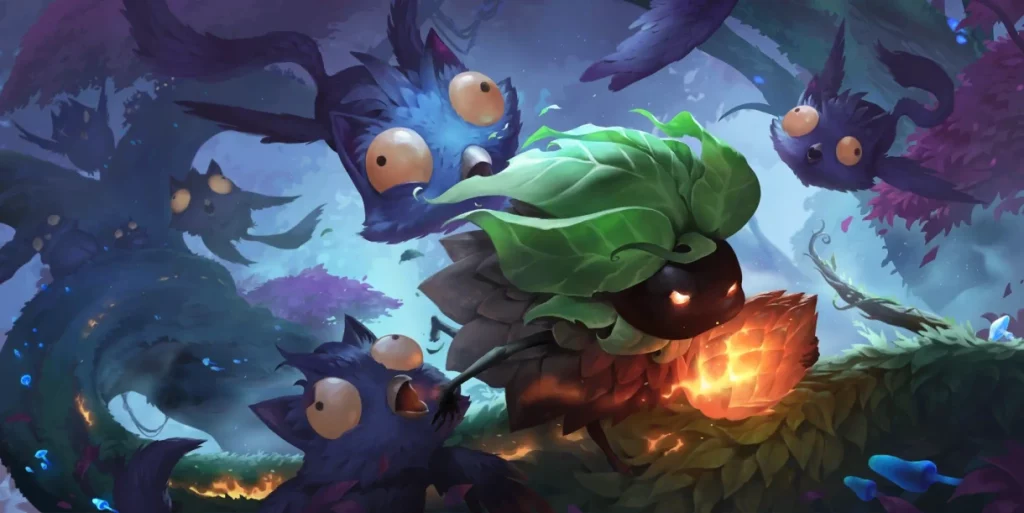
Teching a deck for the Ladder is very different from teching a deck for a Tournament.
Usually, a ladder tech is done to make a deck playable into the widest array of opponents, whereas a tournament tech is done to make a deck better into a specific matchup or style of matchup.
You start in the same place, though. You want to identify the flex slots in your deck, so you know what you can remove to make your deck better into certain matchups. When you’re teching a deck you’ll want to start with an existing list, pick out two to six cards that can be adjusted, and then decide which cards or which ratios of cards will change the deck in the way you want.
For this example, I will be using The Bandle Tree as our deck. I have chosen this deck because it gives you a lot of room to change things, and you can take the deck in two drastically different directions based on what you want to do. You can go far more aggressive, adding in Yordles in Arms
as our deck. I have chosen this deck because it gives you a lot of room to change things, and you can take the deck in two drastically different directions based on what you want to do. You can go far more aggressive, adding in Yordles in Arms  and some elusive units like Fizz
and some elusive units like Fizz to give you an alternate win condition, or you can go more heavily into the combo-control side of the deck and build it to have as streamlined of a draw as possible for The Bandle Tree
to give you an alternate win condition, or you can go more heavily into the combo-control side of the deck and build it to have as streamlined of a draw as possible for The Bandle Tree .
.
A Typical Bandle Tree Deck

8 cards

32 cards
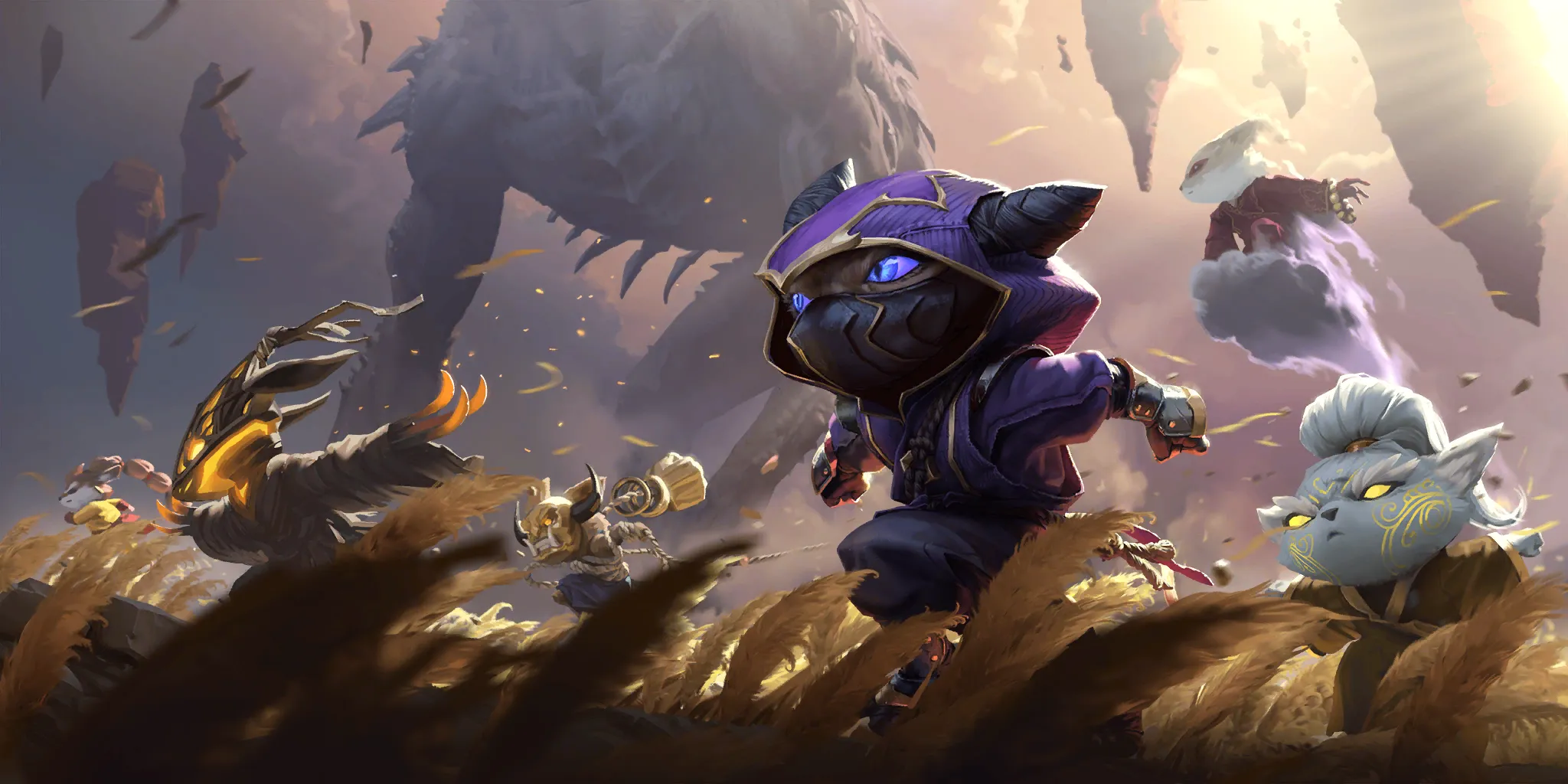
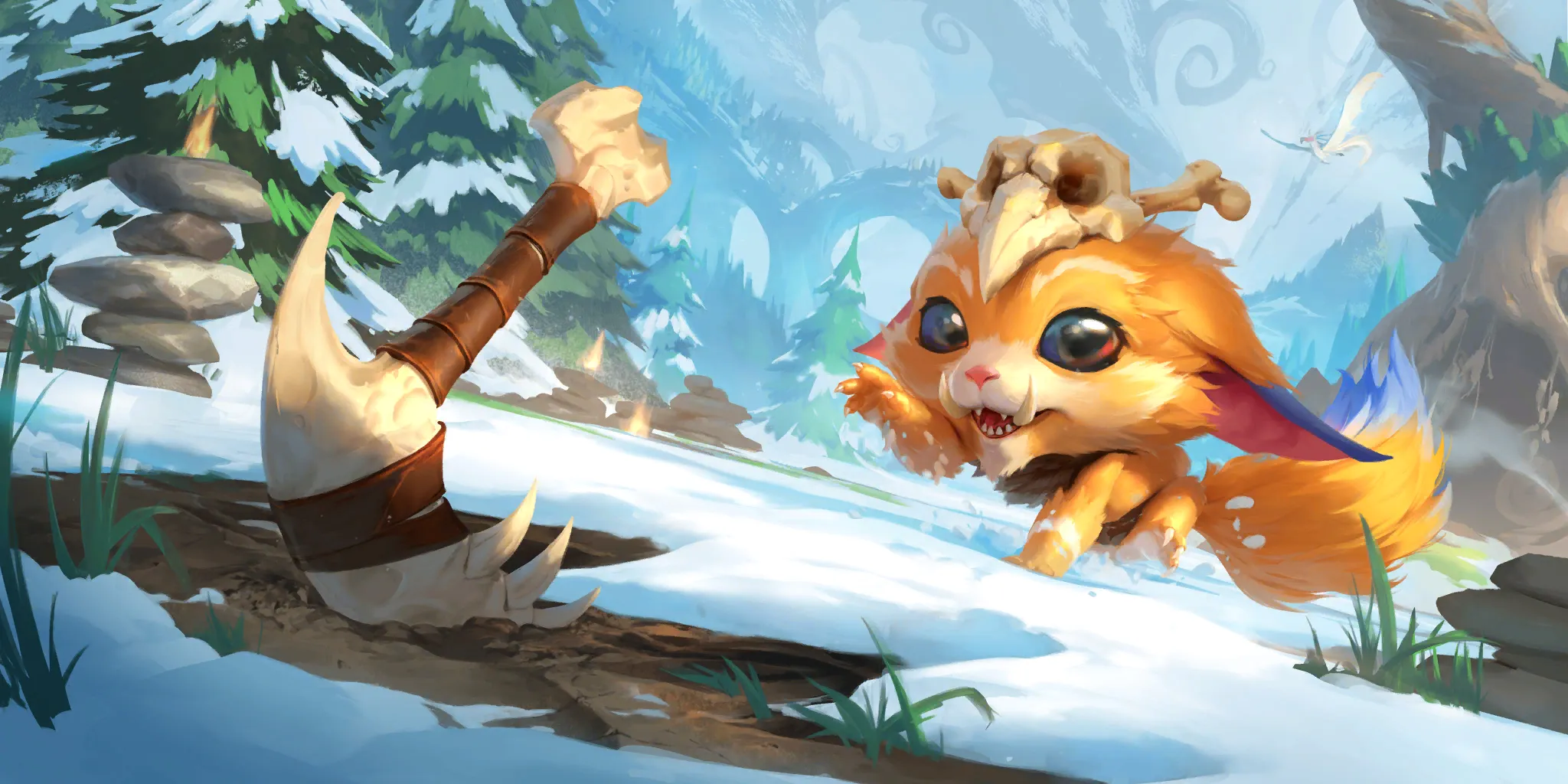
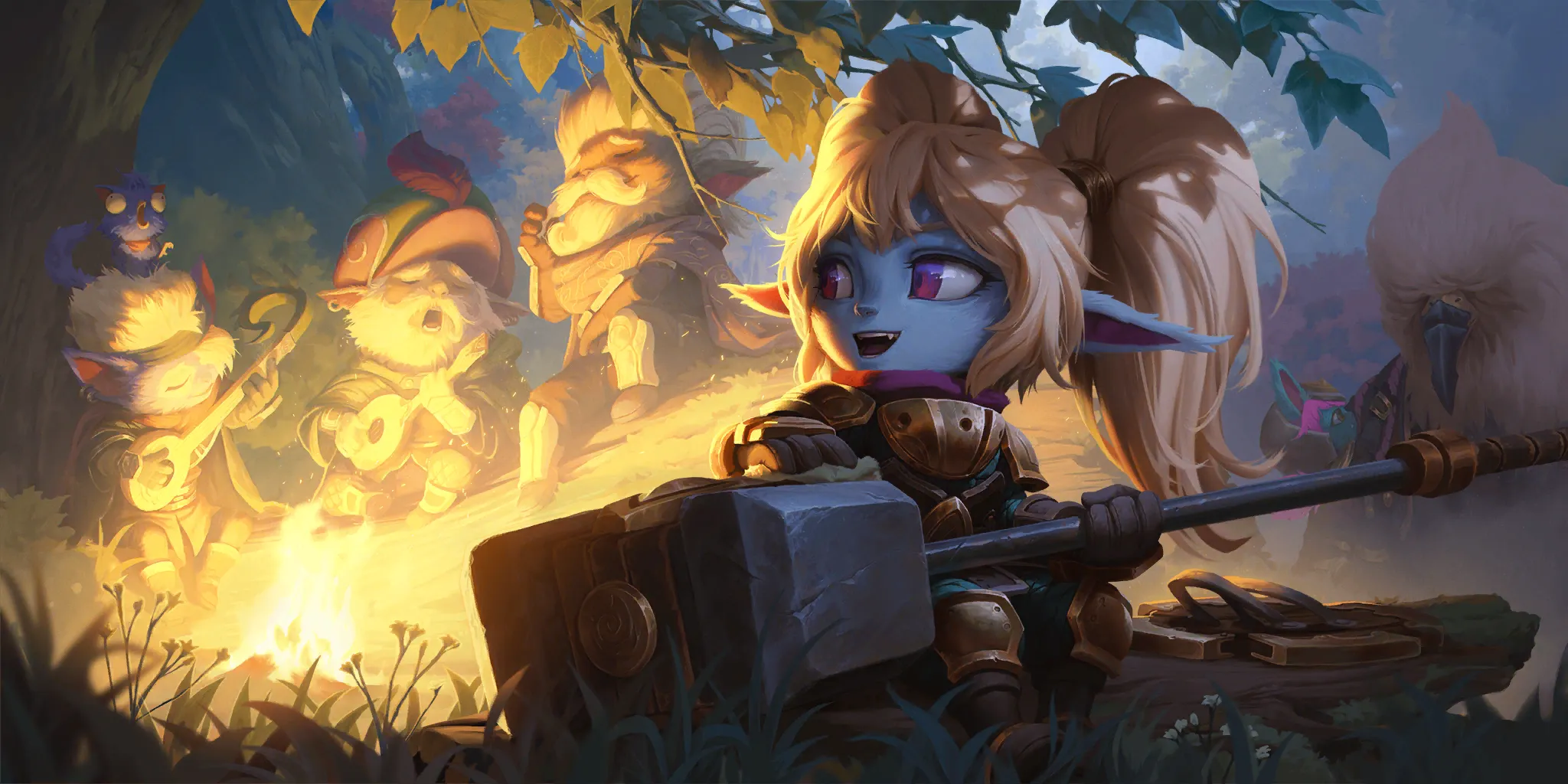
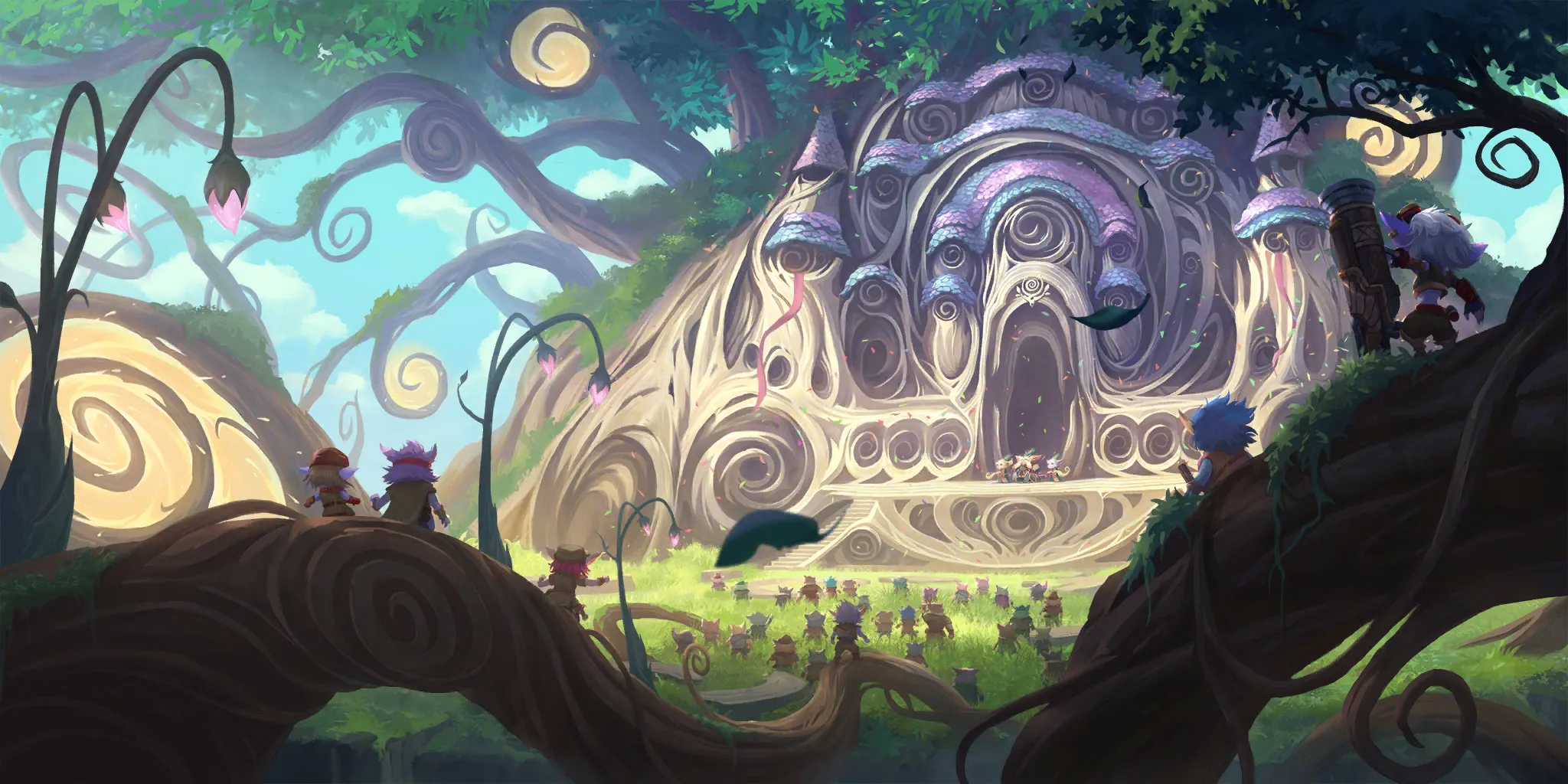
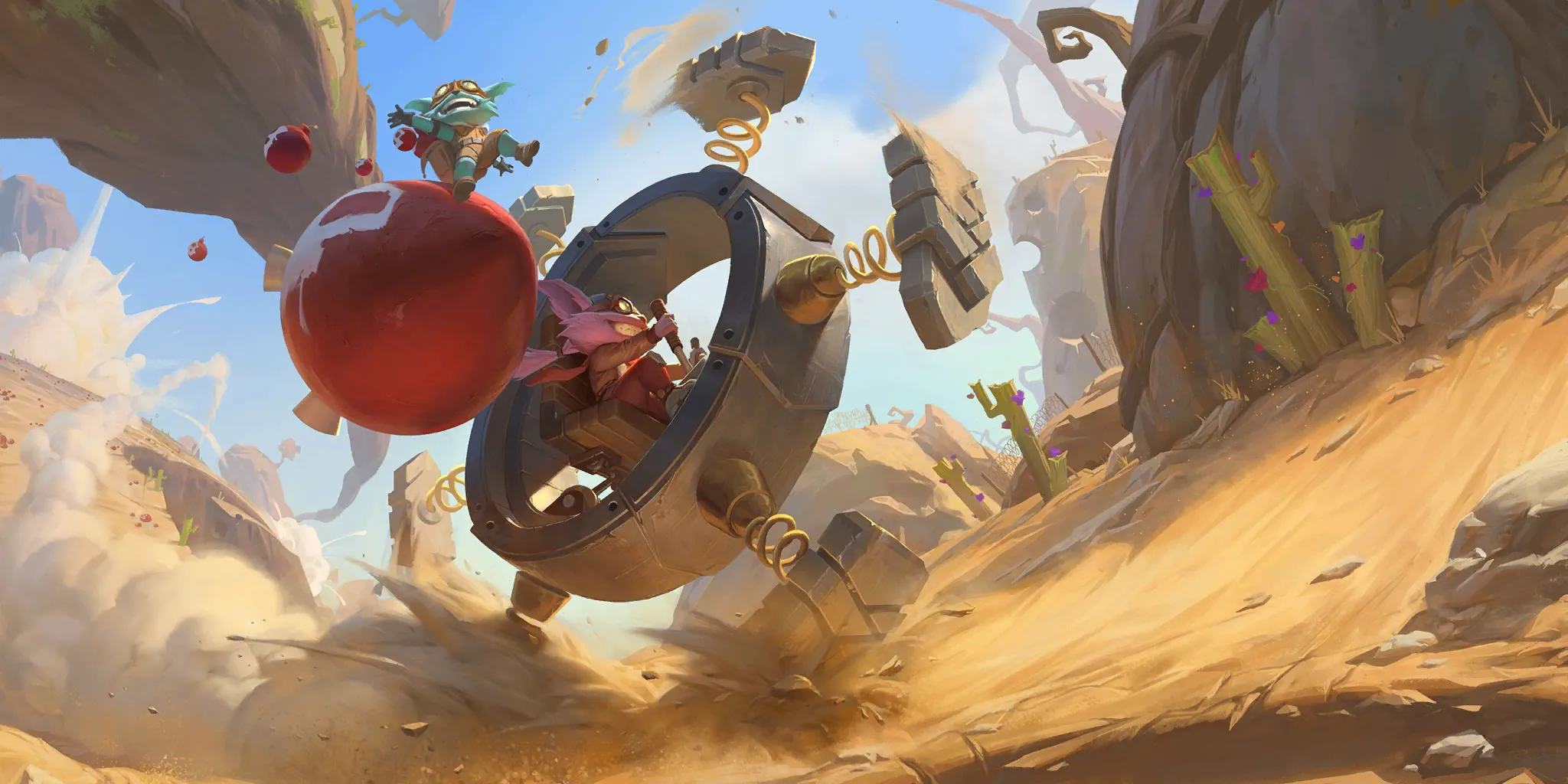
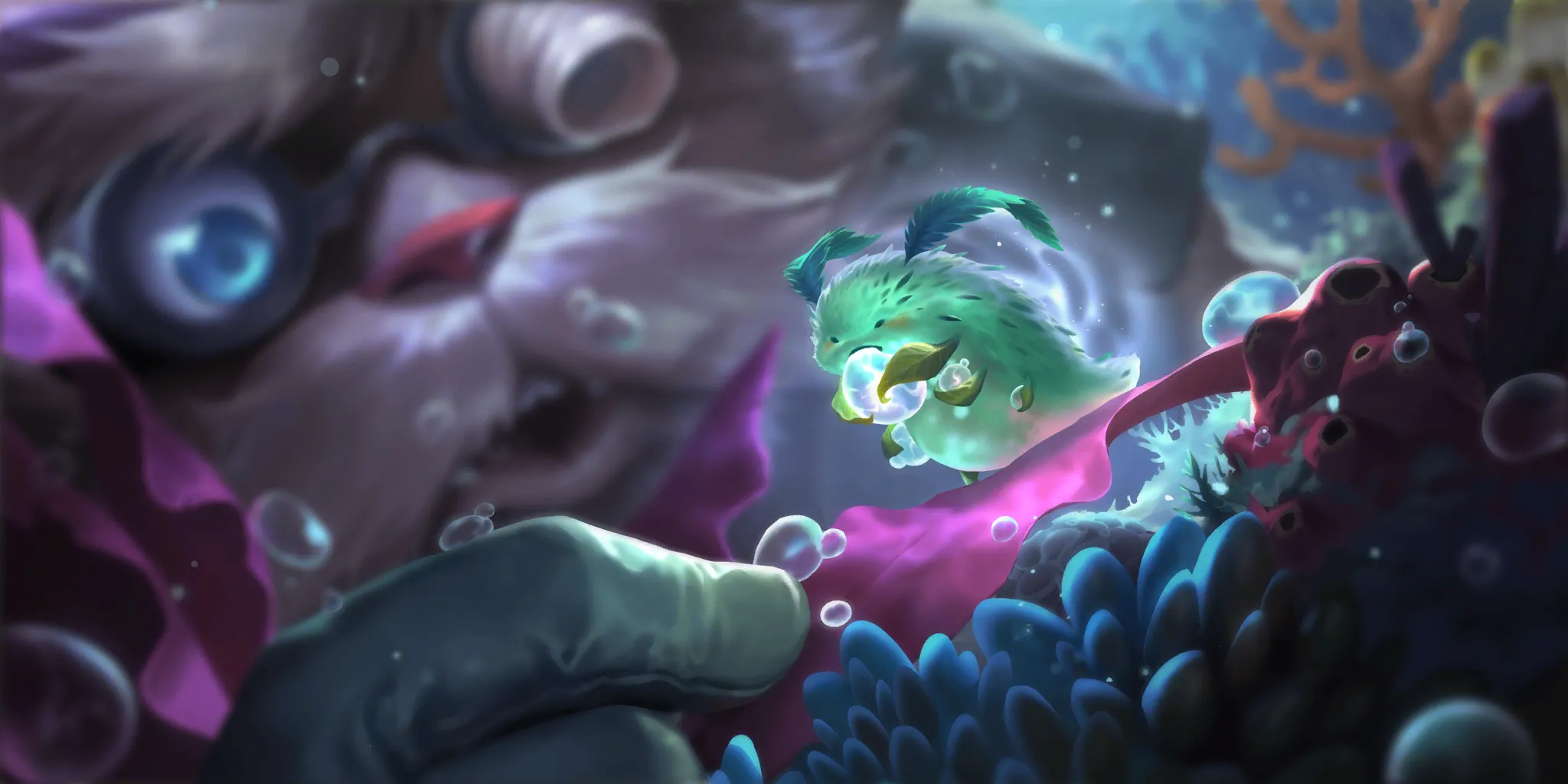
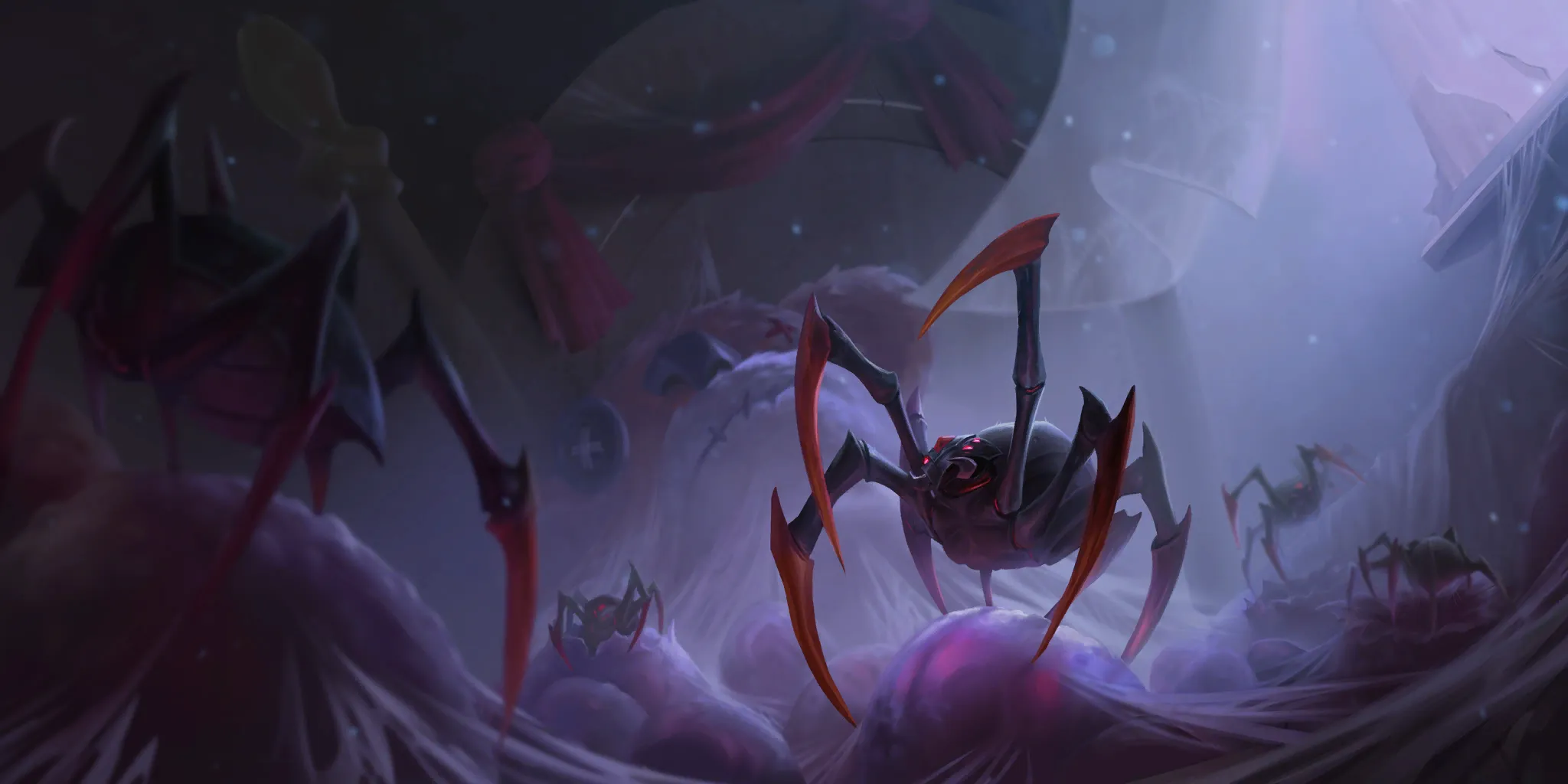
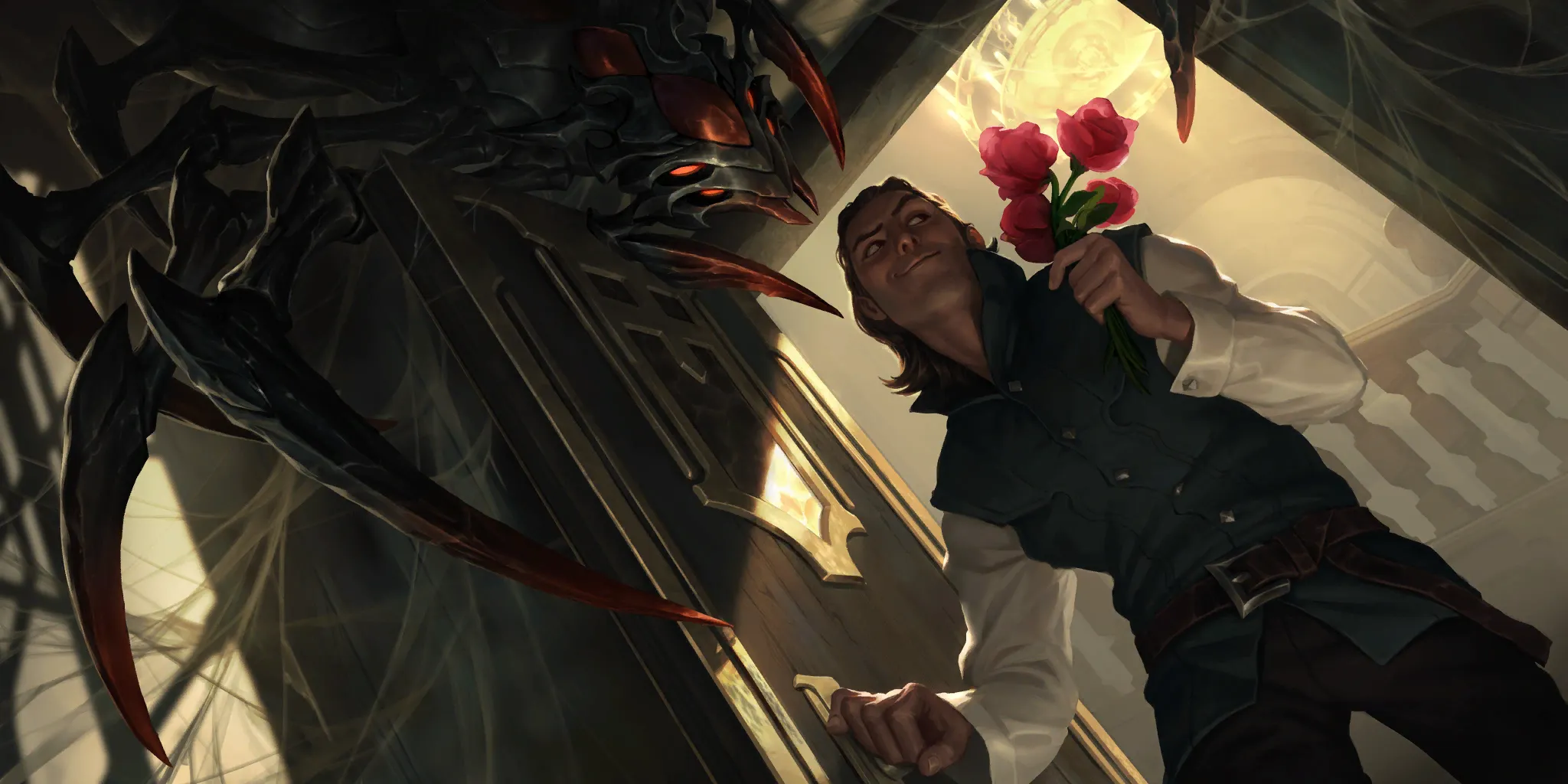
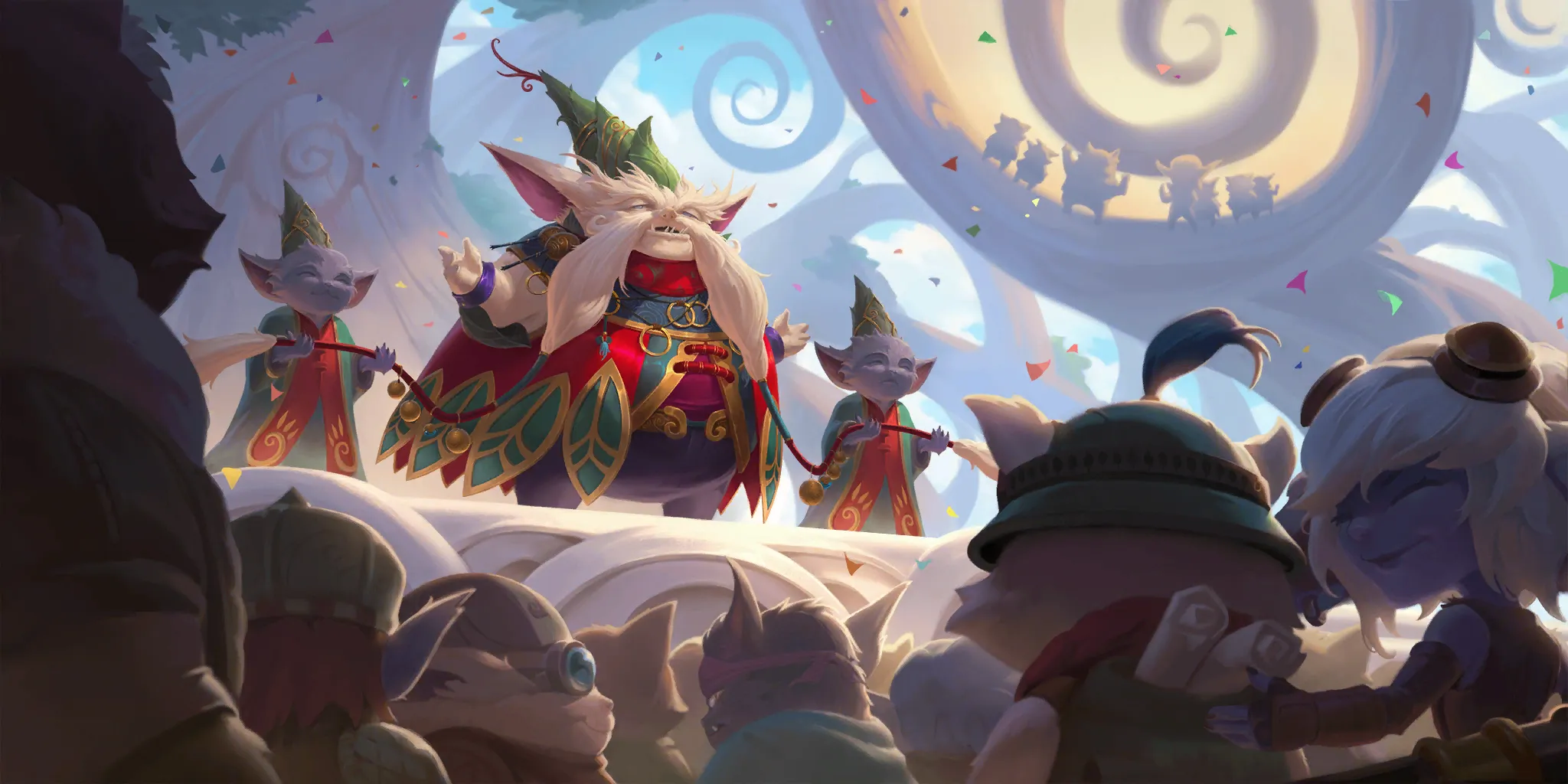
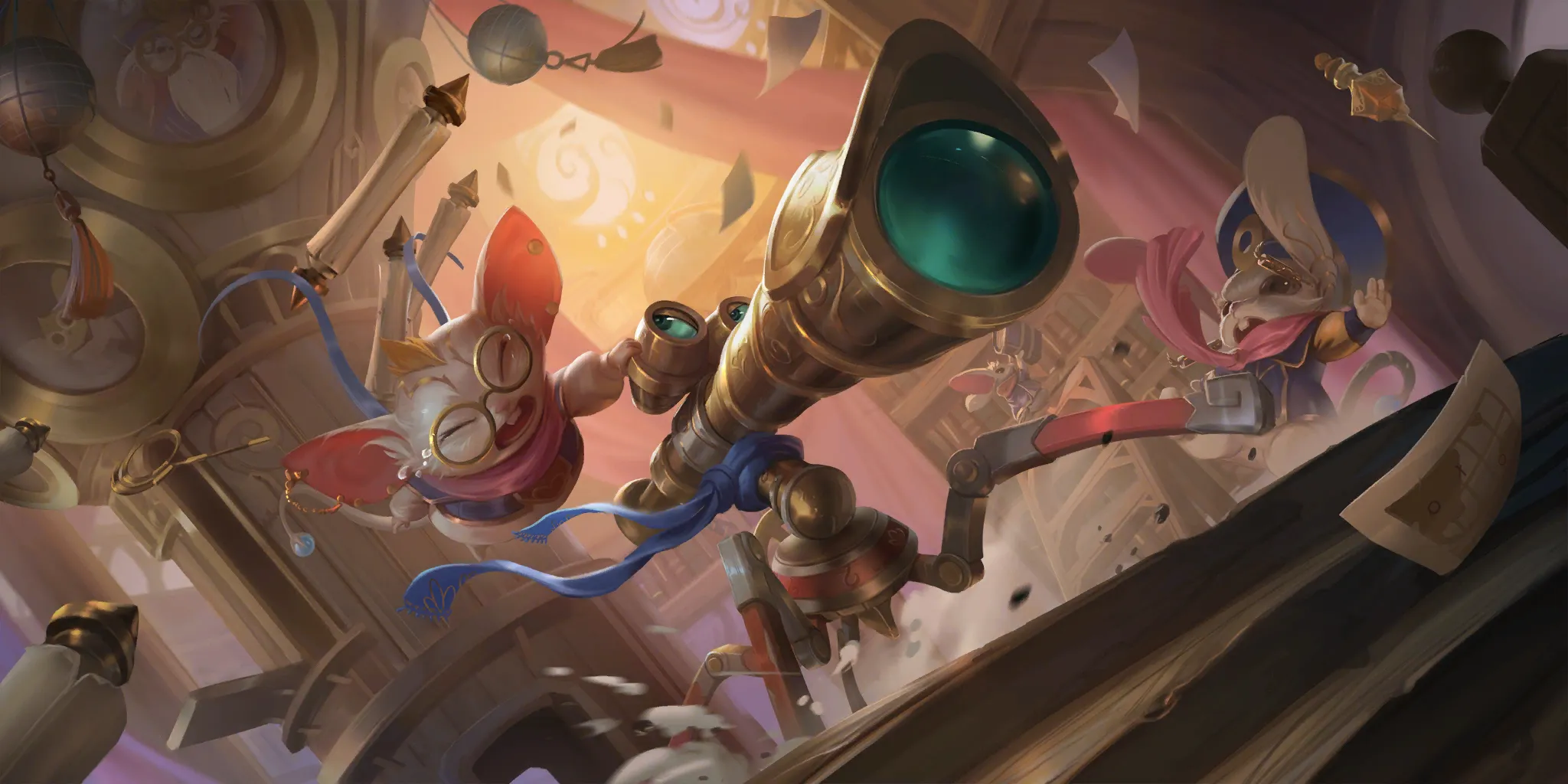
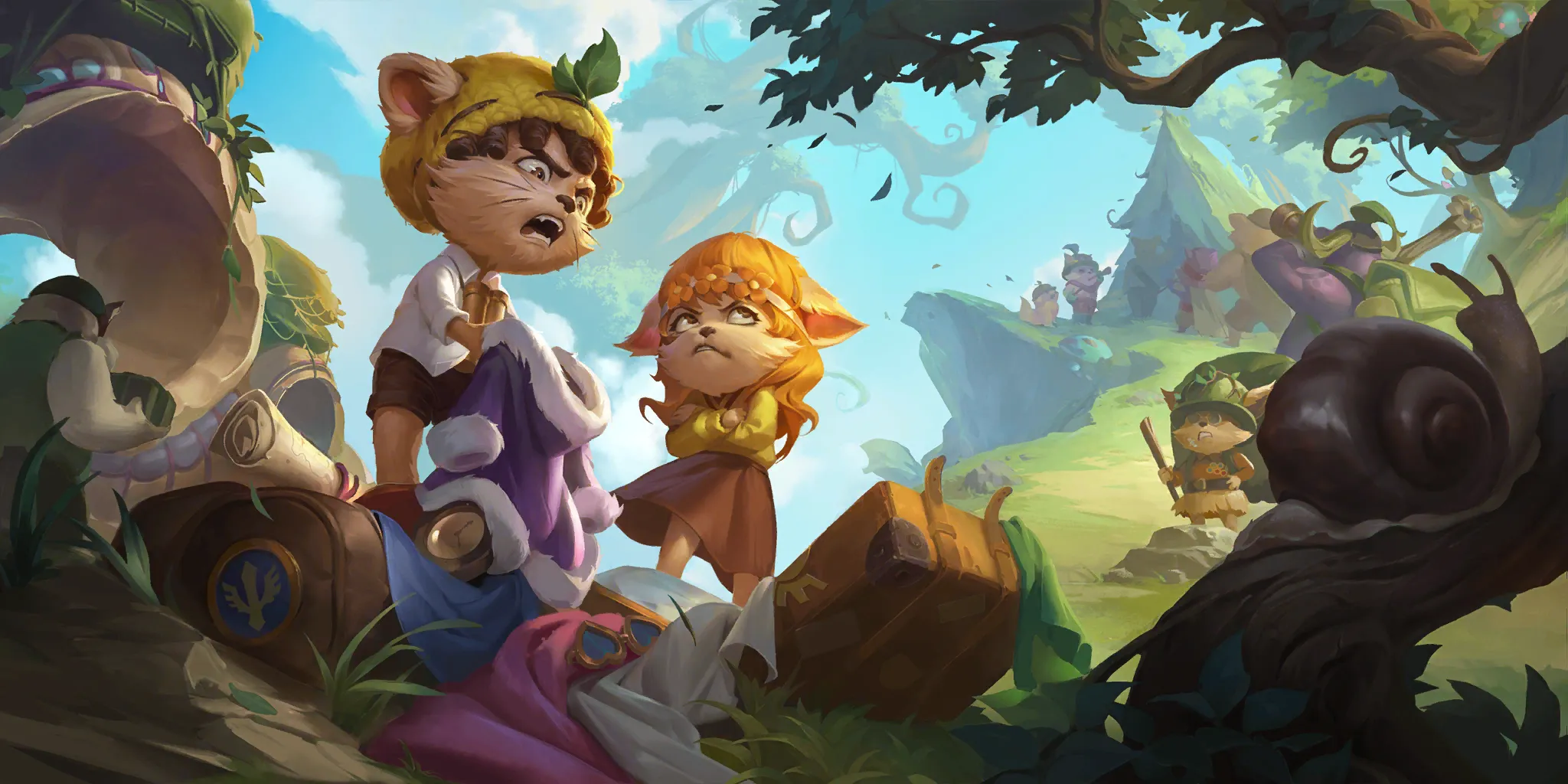
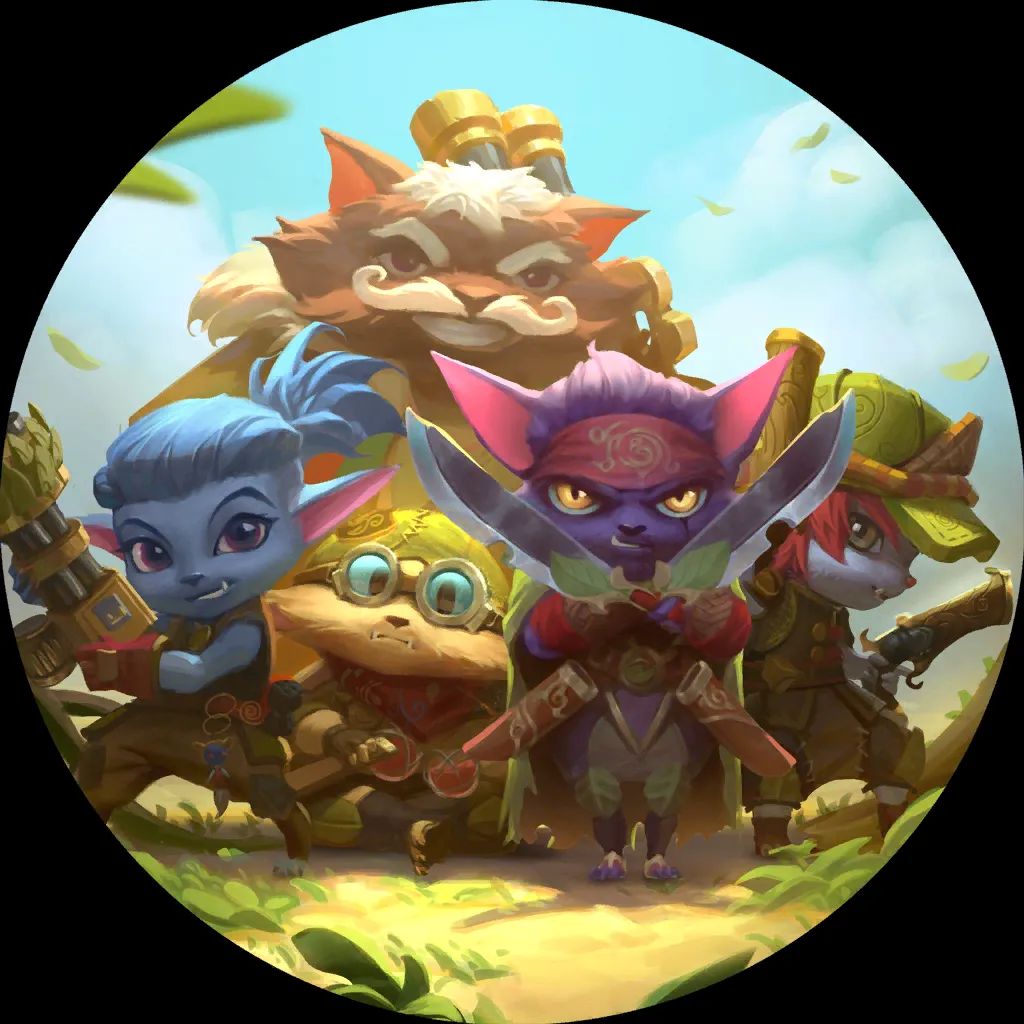

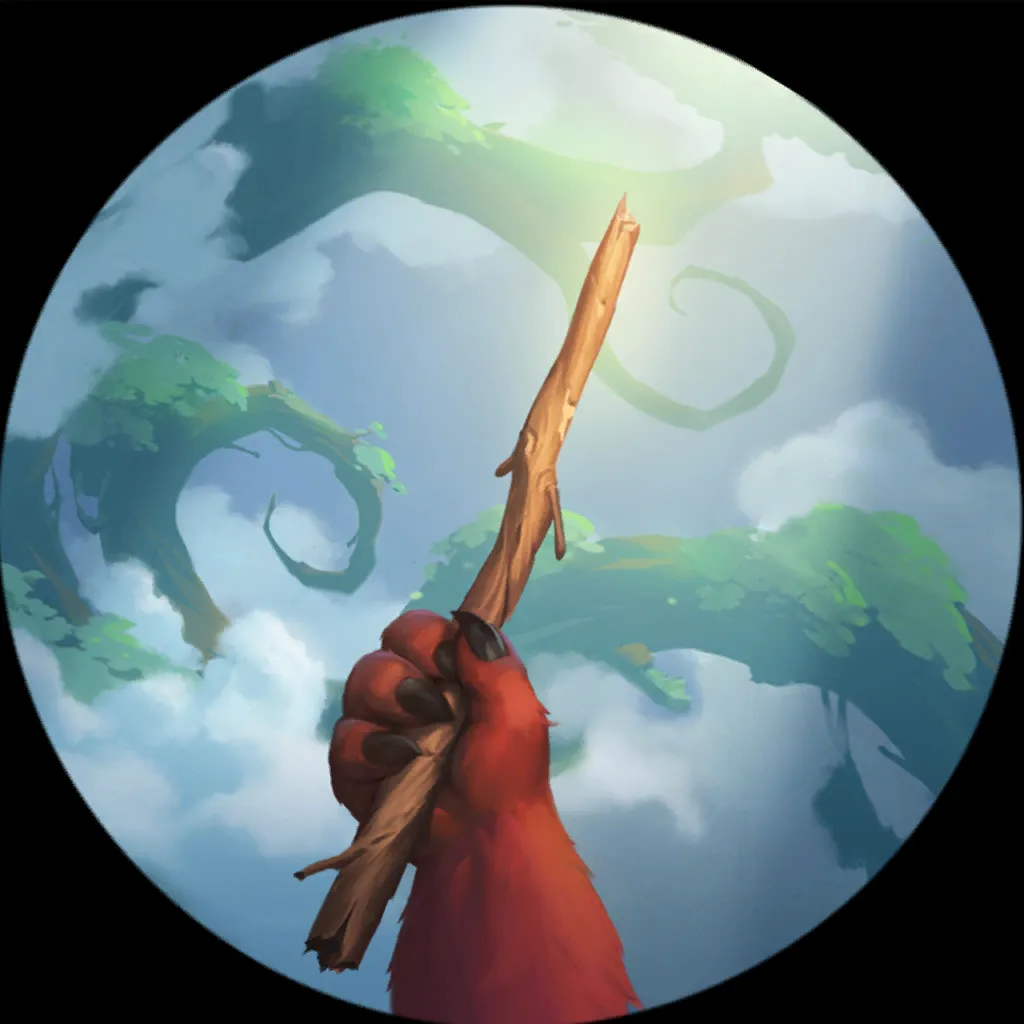
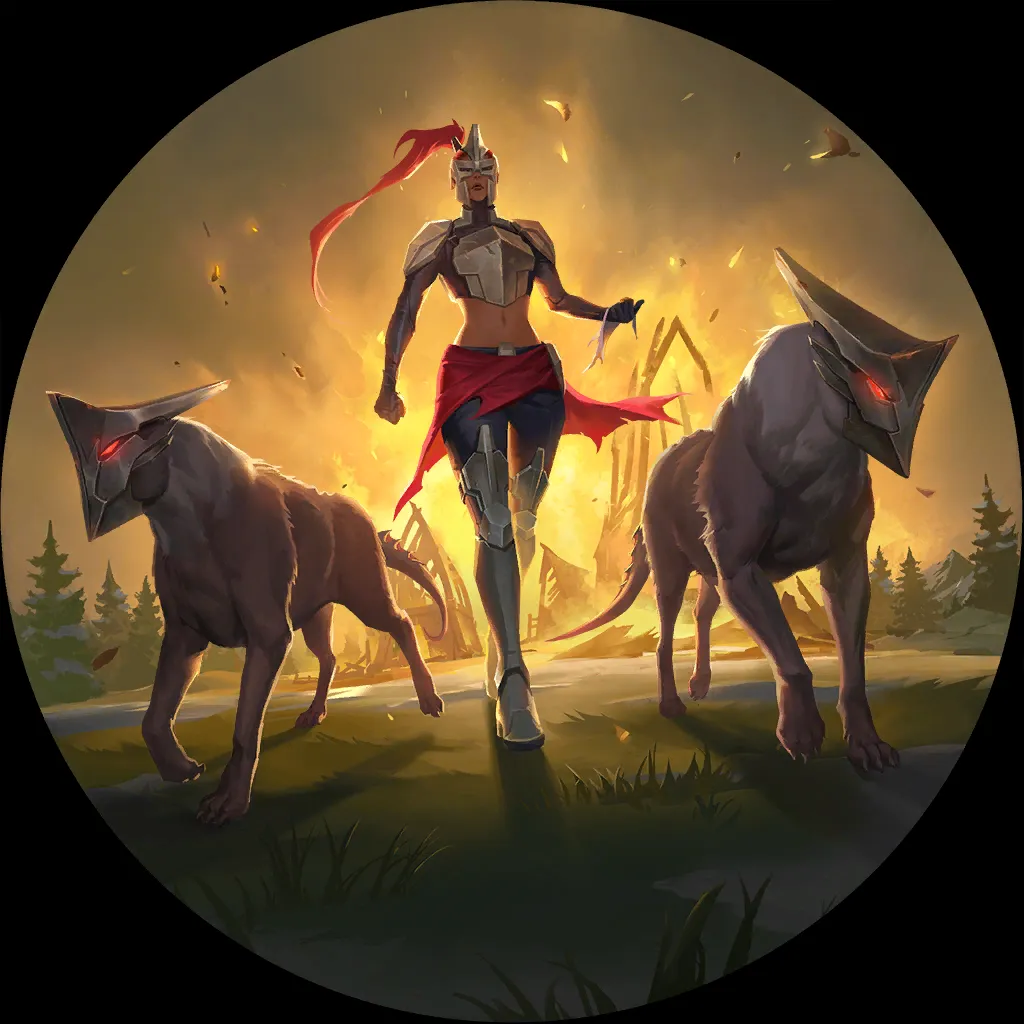
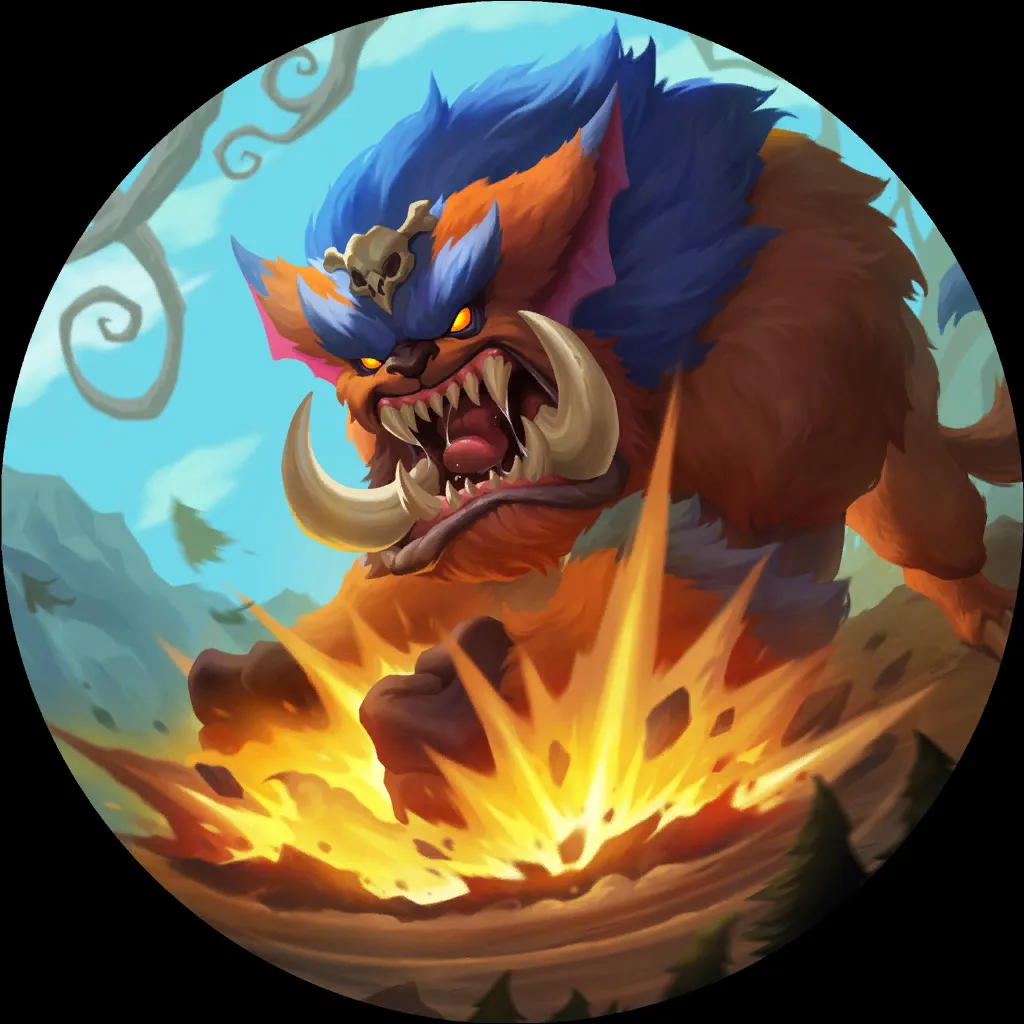
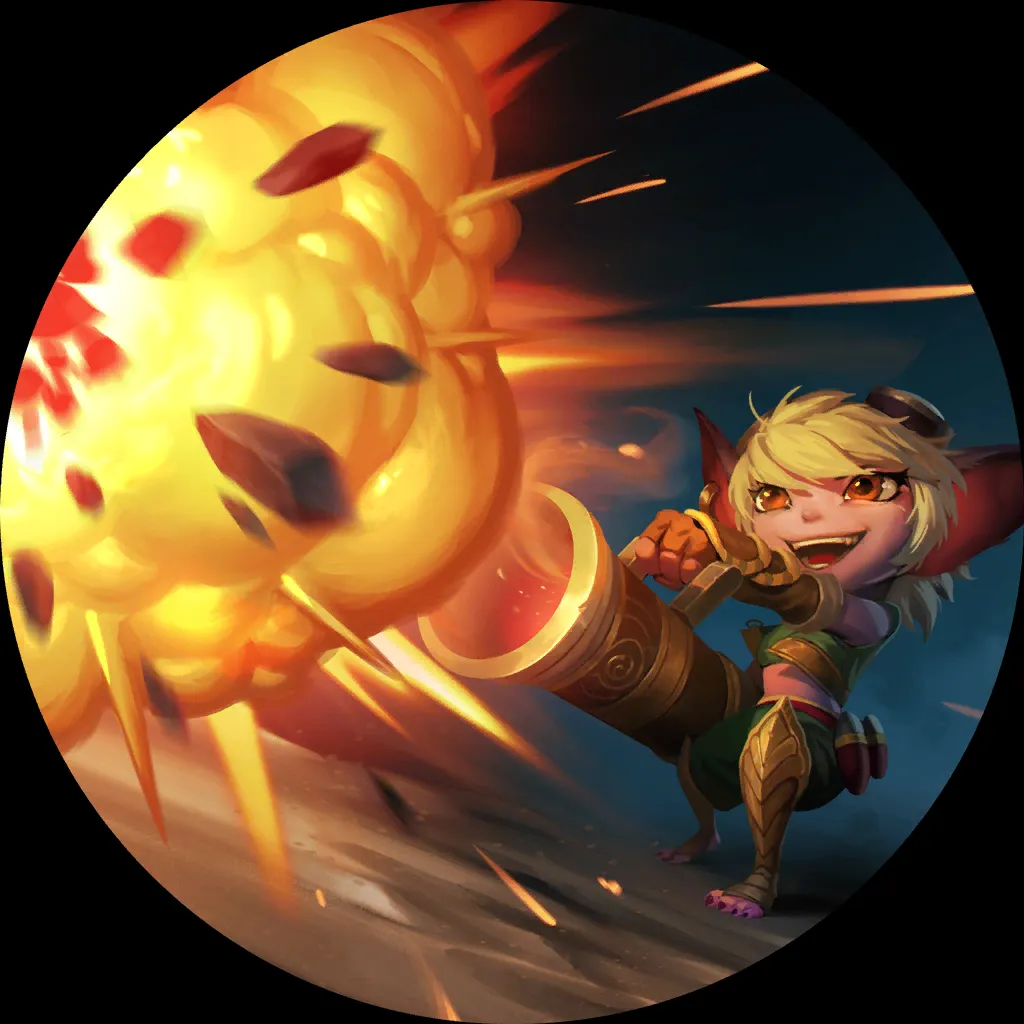

This list has a good balance between being able to control the board and being able to swarm the board. It’s also playing three copies of Gnar to let you close out games through Nexus damage more, something that you may not be willing to do in a tournament.
to let you close out games through Nexus damage more, something that you may not be willing to do in a tournament.
It also contains some flexible cards like Wallop , which can sometimes win you games by letting you stun Gnar
, which can sometimes win you games by letting you stun Gnar ’s blockers, and sometimes saves you by letting you stun a lethal attack.
’s blockers, and sometimes saves you by letting you stun a lethal attack.
Other cards, like Ravenous Flock , Arachnoid Sentry
, Arachnoid Sentry , Group Shot
, Group Shot , and Scorched Earth
, and Scorched Earth , all activate each other, allowing them to be played in a wider variety of situations.
, all activate each other, allowing them to be played in a wider variety of situations.
This is a generally well-balanced list, and I’d be very comfortable playing it on the ladder as is… However, I have some personal preferences for my Bandle Tree deck and I think the meta has shifted a bit.
So, I’m going to make some changes, and I believe the flex slots to be Group Shot , Arachnoid Sentry
, Arachnoid Sentry , and Wallop
, and Wallop . These cards are not integral to the deck, and as such can be swapped out to change it up – I’ve opted to go -1 Arachnoid Sentry
. These cards are not integral to the deck, and as such can be swapped out to change it up – I’ve opted to go -1 Arachnoid Sentry , and -2 Group Shot
, and -2 Group Shot so I can add +2 Yordles in Arms
so I can add +2 Yordles in Arms  , and +1 Blastcone Seedling
, and +1 Blastcone Seedling .
.
I elected to make these changes for a few reasons. The first is that I do not feel the original cards are particularly powerful right now – Sentry has been outclassed by Wallop , and Group Shot
, and Group Shot is ok but I think Wallop
is ok but I think Wallop is better right now (due to the amount of Pantheon
is better right now (due to the amount of Pantheon and Tristana
and Tristana on the ladder). I replaced them with a Blastcone Seedling
on the ladder). I replaced them with a Blastcone Seedling and a few copies of Yordles in Arms
and a few copies of Yordles in Arms  because I wanted to even out the ratios of the regions a bit better and I think Yordles in Arms
because I wanted to even out the ratios of the regions a bit better and I think Yordles in Arms  lets you keep up with the Fae decks so it’s a well-positioned change.
lets you keep up with the Fae decks so it’s a well-positioned change.
My ladder list

7 cards

33 cards




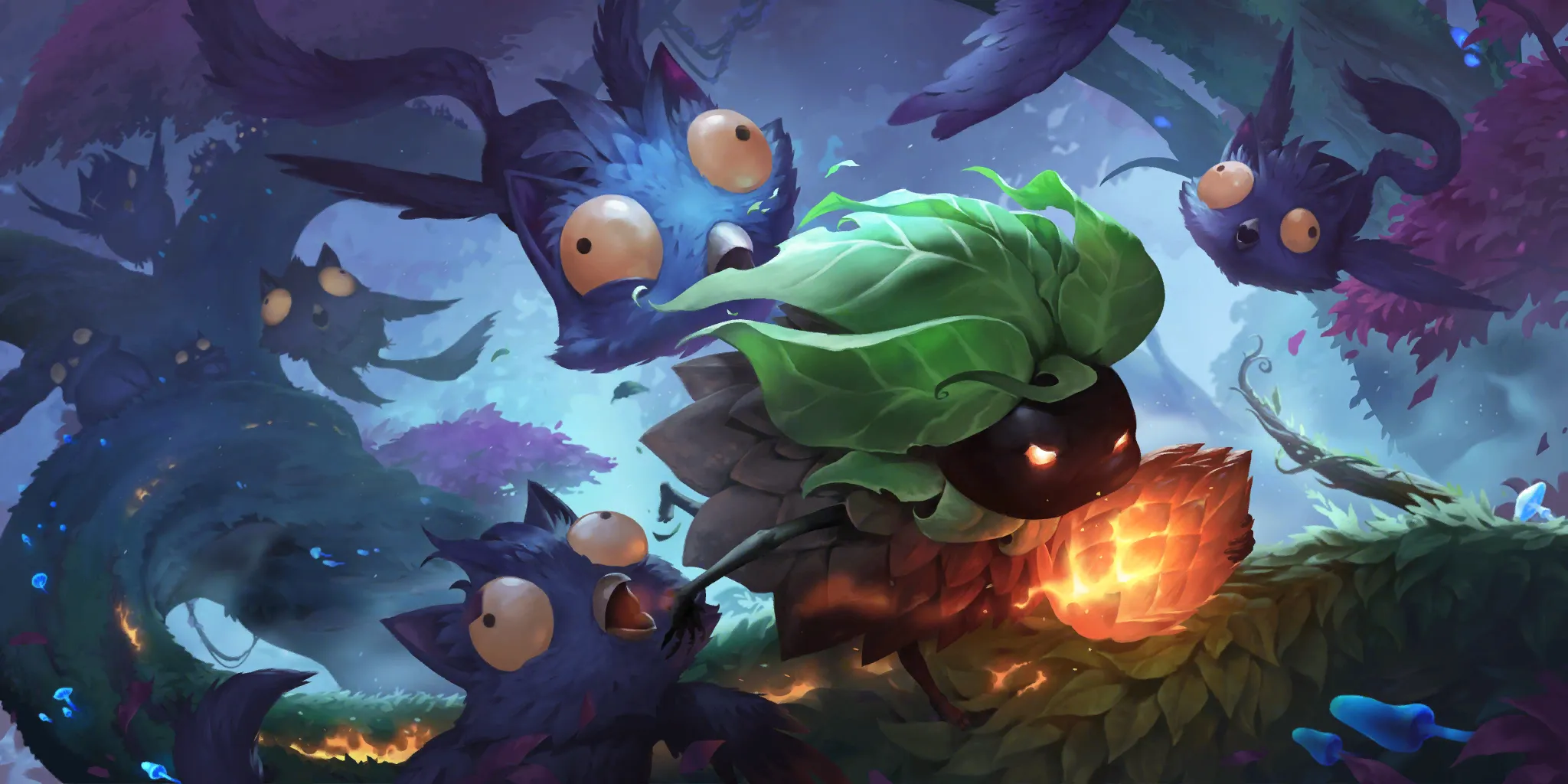












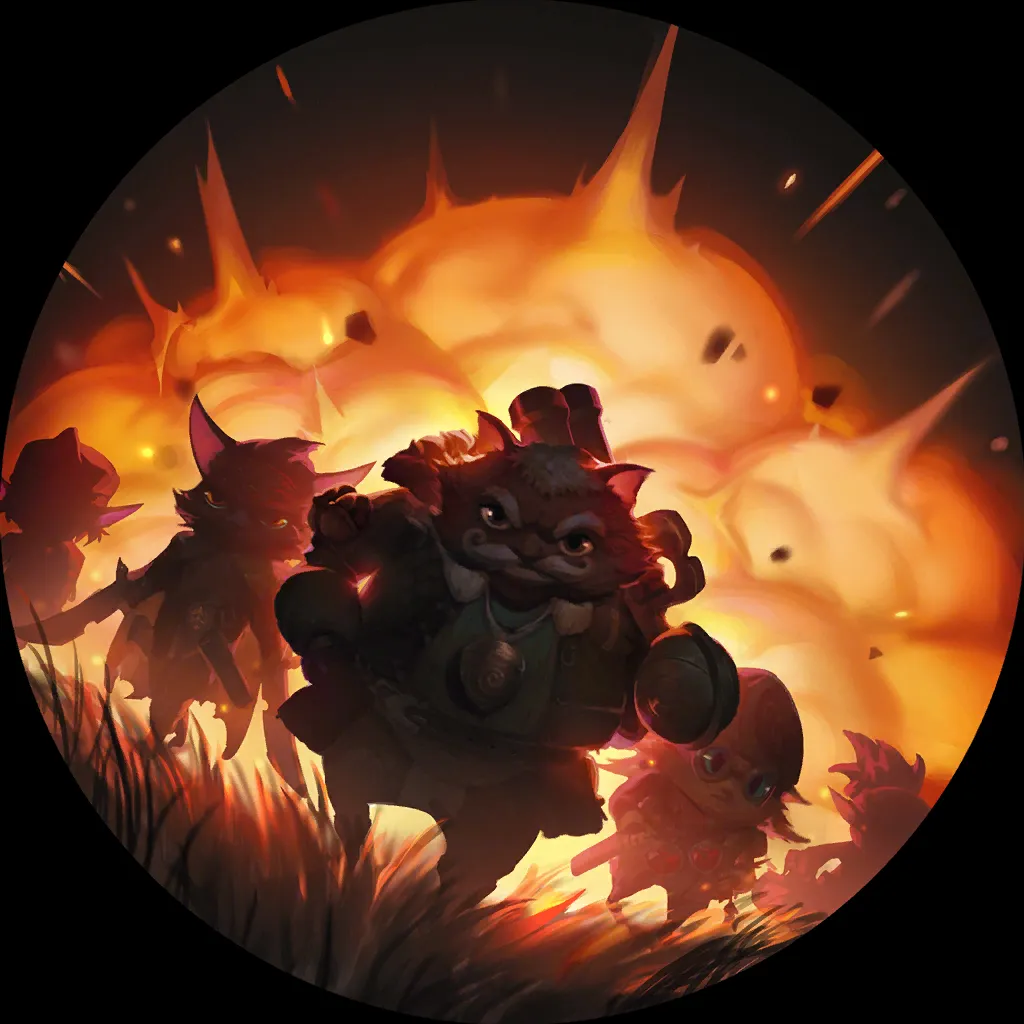

I hope this example helped you to grasp the concept of flex slots, why you might want to change cards for the ladder, and how to identify what kinds of cards you want to put in.
Next, we’re going to talk about tournament teching. Tournament teching is a little bit different, especially in the current meta-game because Gnar is a limited resource. This makes it difficult to build a lineup sometimes, as a lot of the best decks in the meta-game include Gnar
is a limited resource. This makes it difficult to build a lineup sometimes, as a lot of the best decks in the meta-game include Gnar . To discuss this, we’ll continue to look at The Bandle Tree
. To discuss this, we’ll continue to look at The Bandle Tree – my friend Sqweeby and I took an extensive look at the following list for his tournament run a few weeks ago and it really paid off as he won first place!
– my friend Sqweeby and I took an extensive look at the following list for his tournament run a few weeks ago and it really paid off as he won first place!
Sqweeby’s tournament list

6 cards

34 cards
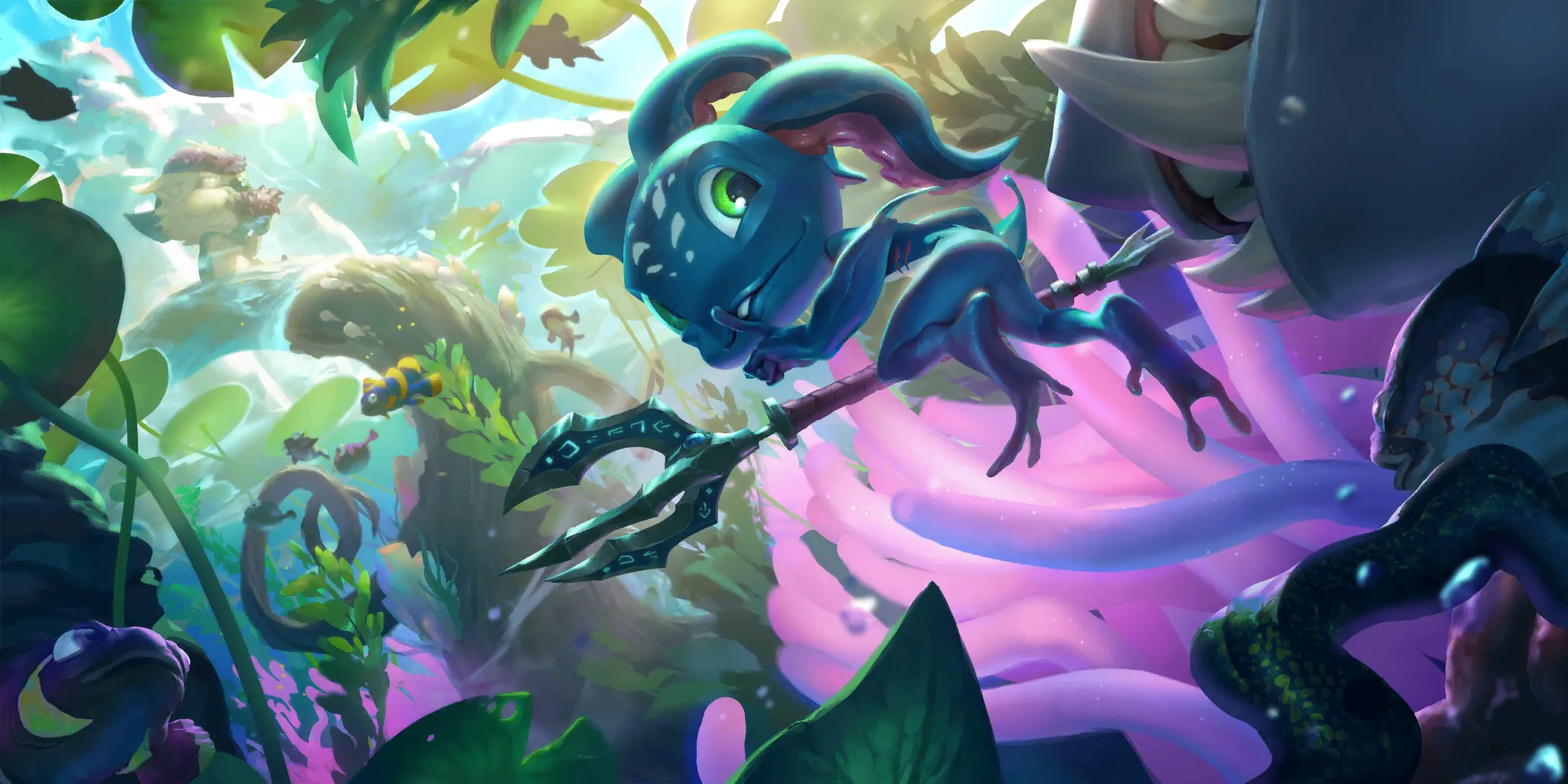


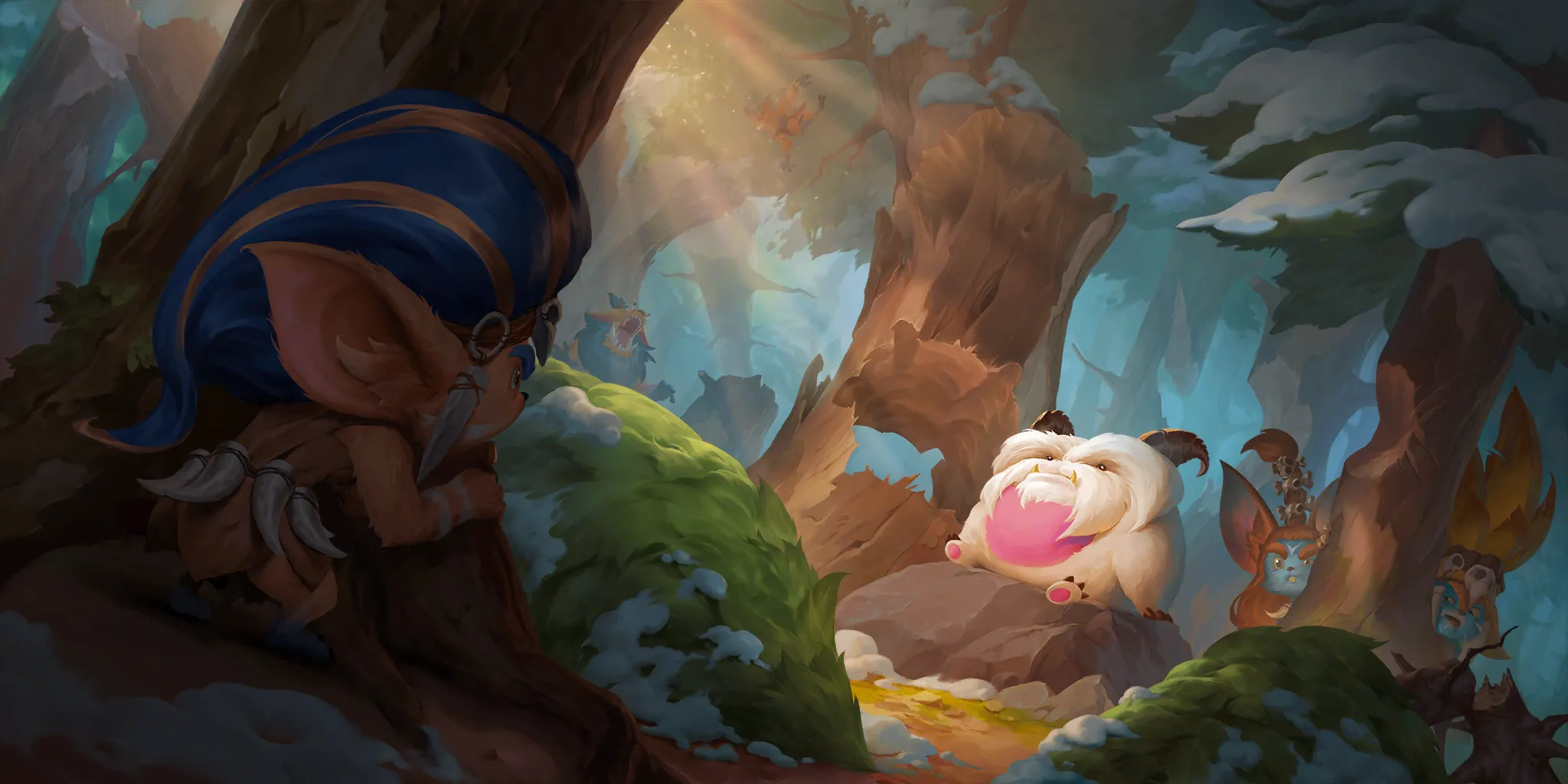
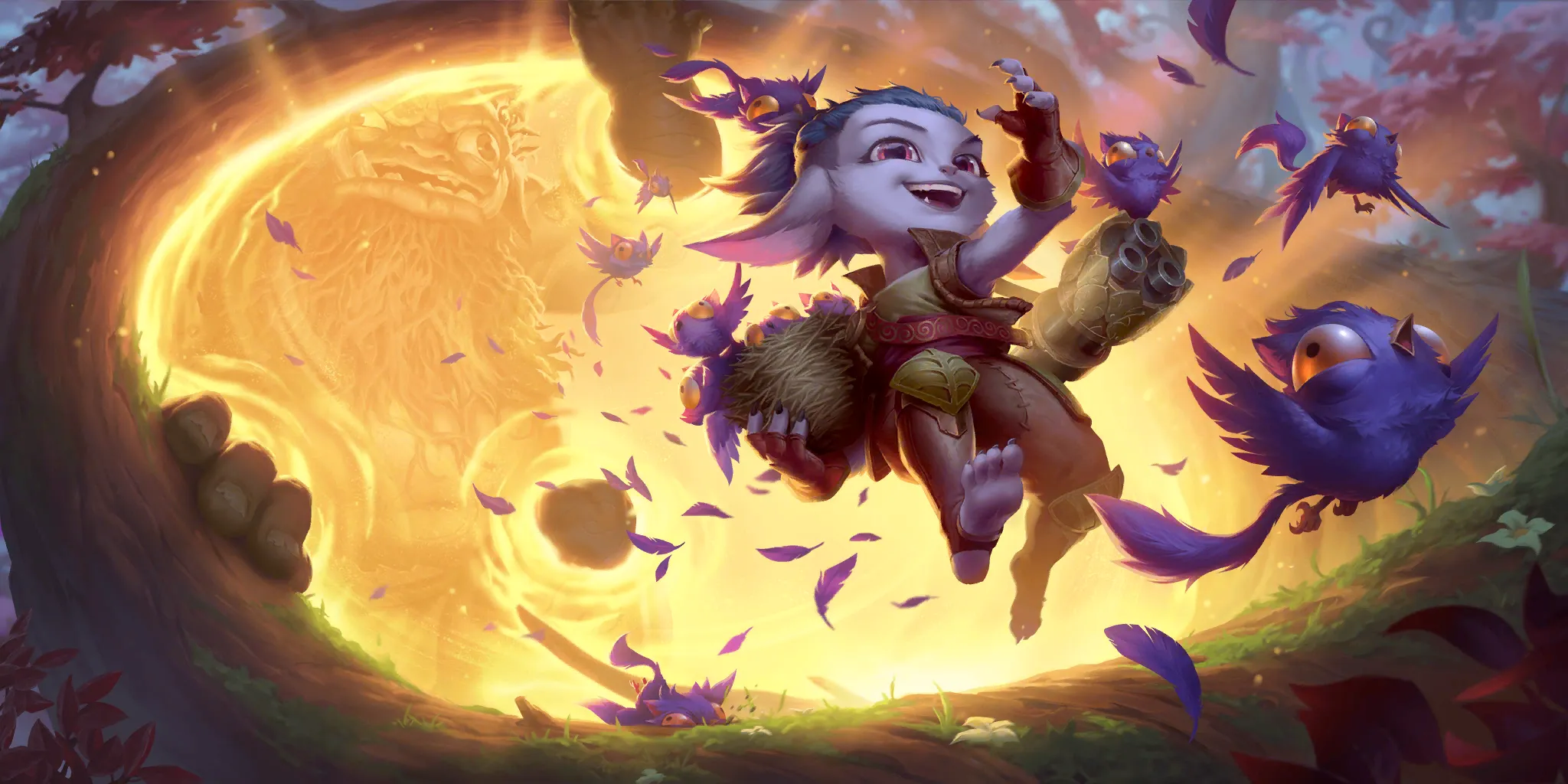

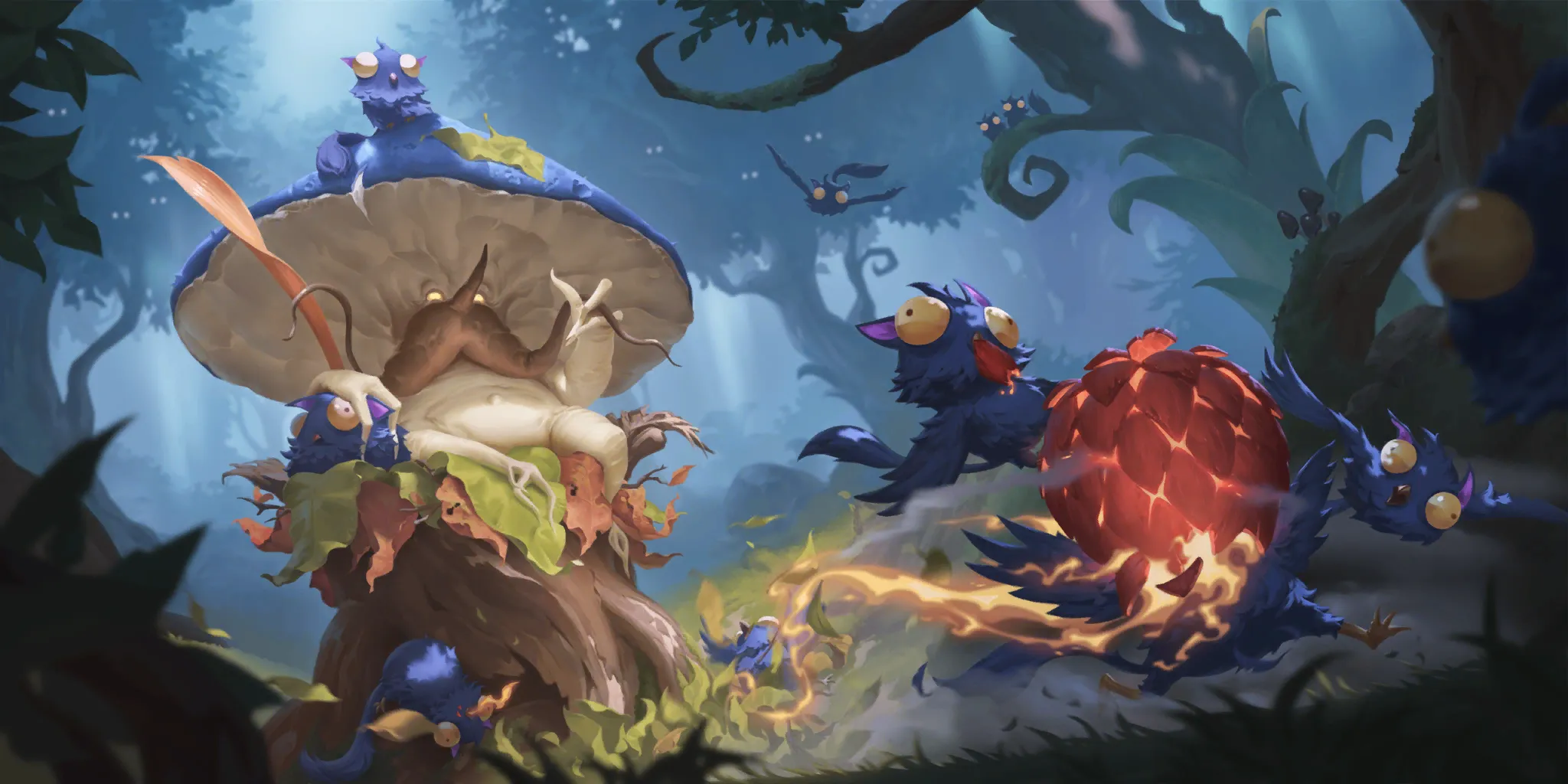











The first thing you might notice is that Gnar is gone – that’s because Sqweeby’s lineup includes Demacia Yordles in Arms, and he preferred to have Gnar there.
is gone – that’s because Sqweeby’s lineup includes Demacia Yordles in Arms, and he preferred to have Gnar there.
So, we needed a replacement – Fizz is another cheap Champion that works with Yordles in Arms
is another cheap Champion that works with Yordles in Arms  (a card we’ve continued to include in this list), and he also gives us access to Bilgewater as a region, freeing up the Grumbleslug
(a card we’ve continued to include in this list), and he also gives us access to Bilgewater as a region, freeing up the Grumbleslug slot.
slot.
Since Sqweeby decided he wanted YiA to be a real win-condition for this version of the list, he’s also gone ahead and added more cards to help his deck swarm the board. Grandfather Fae , and Bandle Commando
, and Bandle Commando will generate Hungry Owlcat
will generate Hungry Owlcat s, letting us keep a six-wide board for most of the game.
s, letting us keep a six-wide board for most of the game.
To keep our region ratios rounded out we’ve also added Proto Poro – this is an important addition because it ensures our YiA and Buster Shot
– this is an important addition because it ensures our YiA and Buster Shot are active when we need them.
are active when we need them.
Show me your deck!
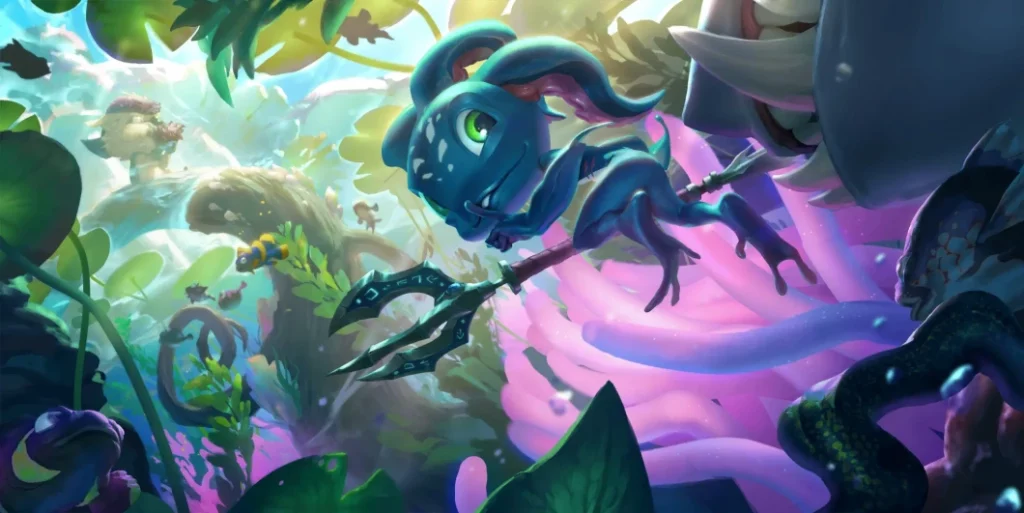
To wrap it up, remember to decide right away if you’re trying to build something fringe-playable, or something for fun – those two decks are very different.
When trying to put together something new and exciting, take breaks and reiterate as many times as you feel necessary – you should be happy with the final product; or happy to scrap it!
I’d love to see all the decks you come up with! Feel free to tag me on the Premium Articles channel on the MaRu Discord, or join my own Discord Server and share them there!
Please let me know what you thought of the article, pieces like this are more difficult to write and if you feel I’ve left something out or you want to know more about a certain topic I’d be happy to expand.
I hope that you’ve gleaned some new knowledge on deck building that improves your LoR experience during this somewhat stale meta we’ve found ourselves in. If nothing else, I hope you learned something from the teching portion of the article and my deck refinement process, as I believe they are valuable skills for anyone looking to up their competitive game.
About the author
MonteXristo has been playing the game since closed beta and has consistently made it to masters every season he’s been active. His accomplishments include having peaked in the top 20, taking first place in the “Streamer Sideboard Showdown” and LPP Riot Grand Prix. When he’s not writing for Mastering Runeterra he keeps his card-slinging skills sharp by playing in the Runeterra Academy tournament, with his team The Wobbly Wombats!
